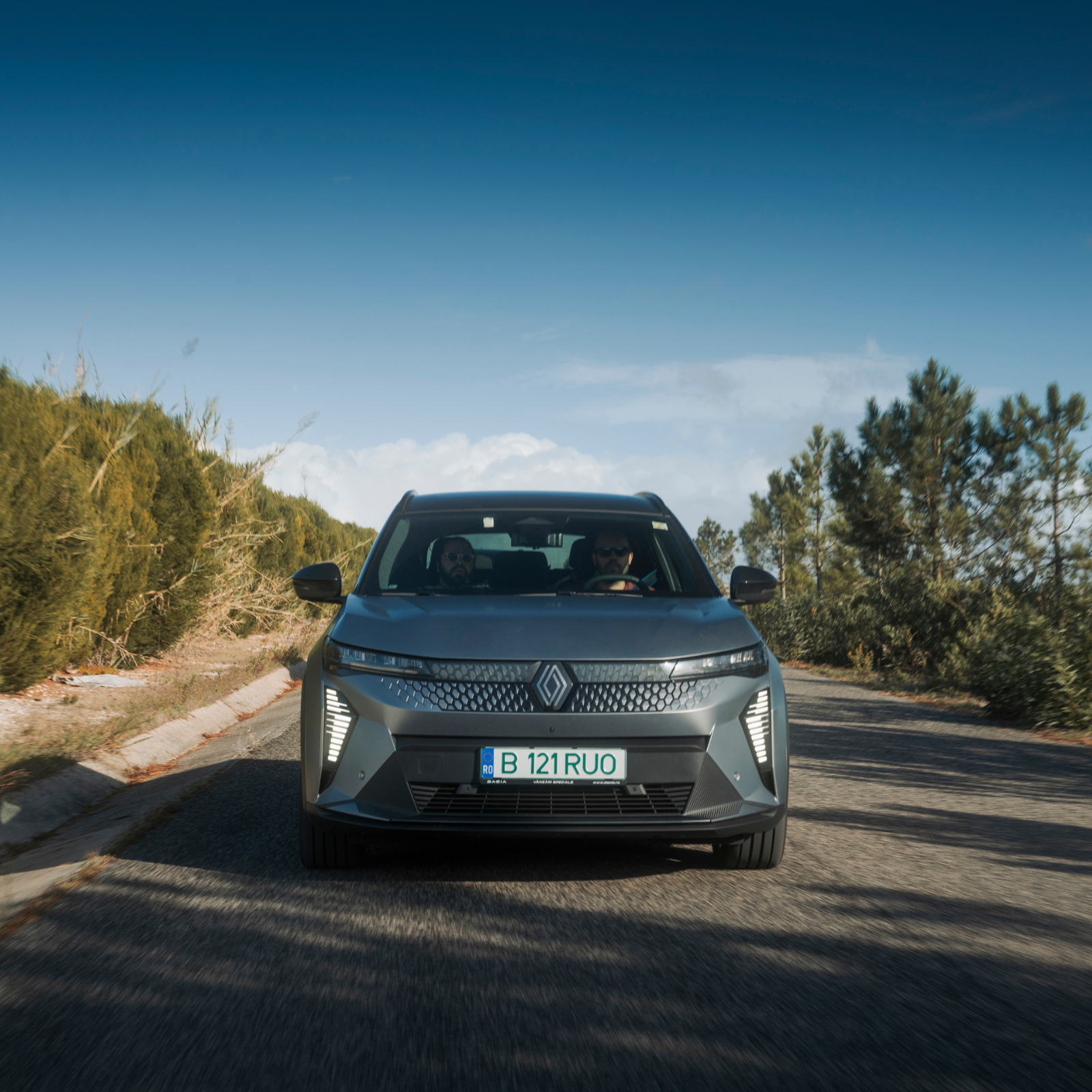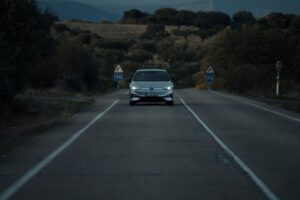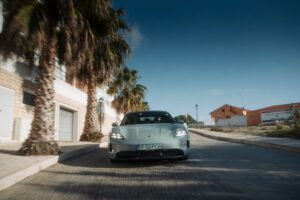For a little while now, the name Renault Scenic has been used to describe an electric crossover/SUV, a totally different body shape from what we’ve been used to for the past 27 years. The new Scenic E-Tech Electric – as it’s called in full – was part of the EUROCHARGE by Schaeffler caravan, the tour that took us from Romania and took us on a European road trip to Lisbon and back.
Now, the French brand’s electric model comes to the end of its almost 9,000 kilometers. What was its actual range, what was its fuel consumption, how long was it on charge and how much did it cost to charge? Find the answers in the tables below.
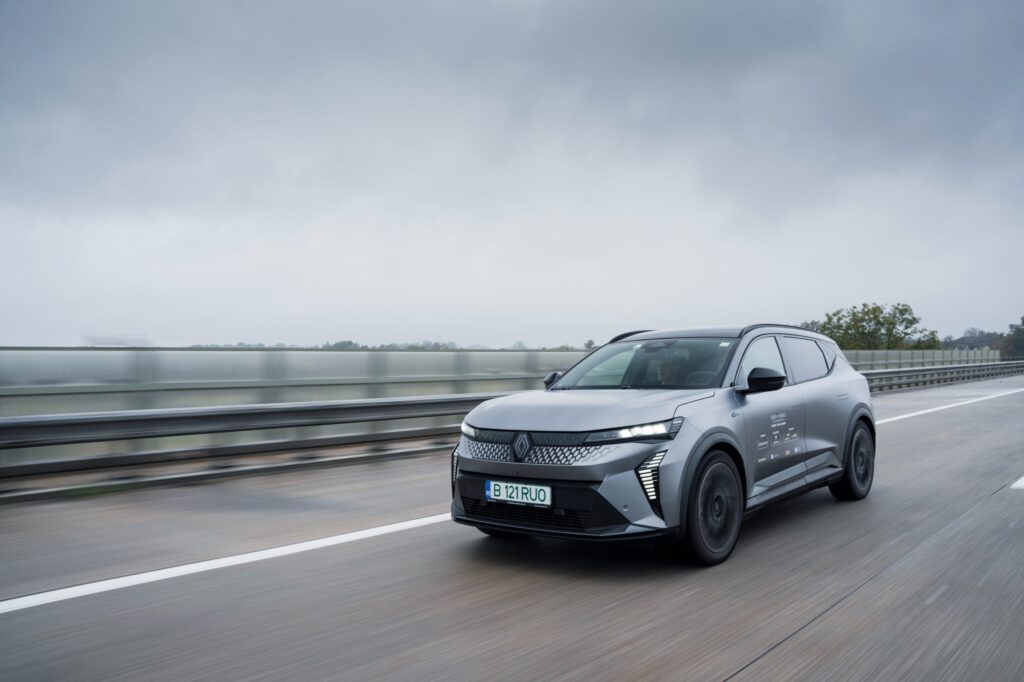
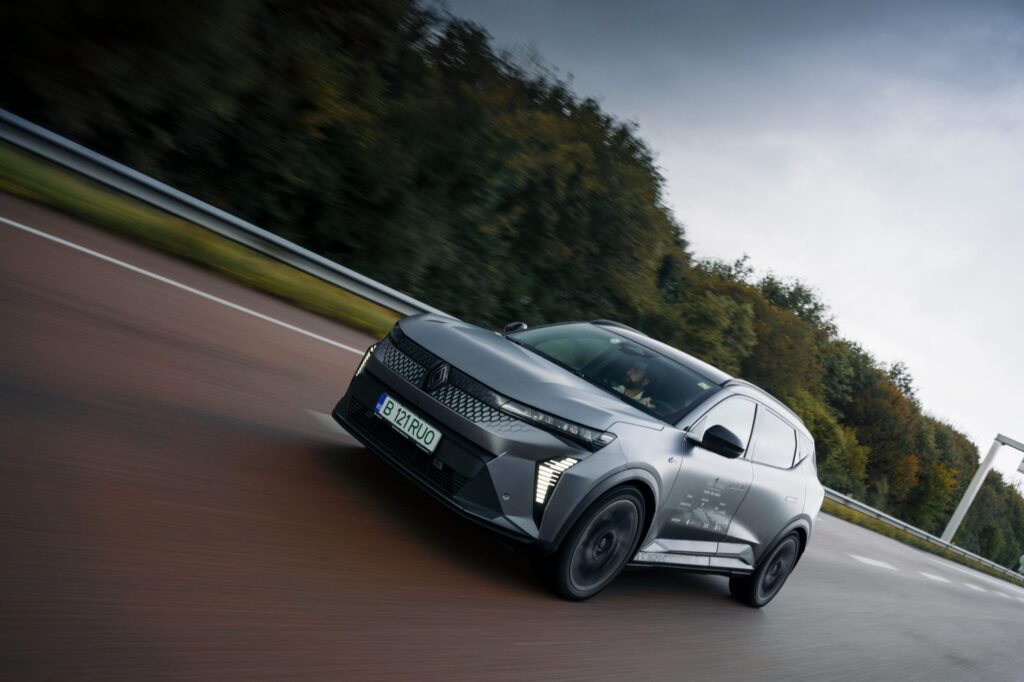
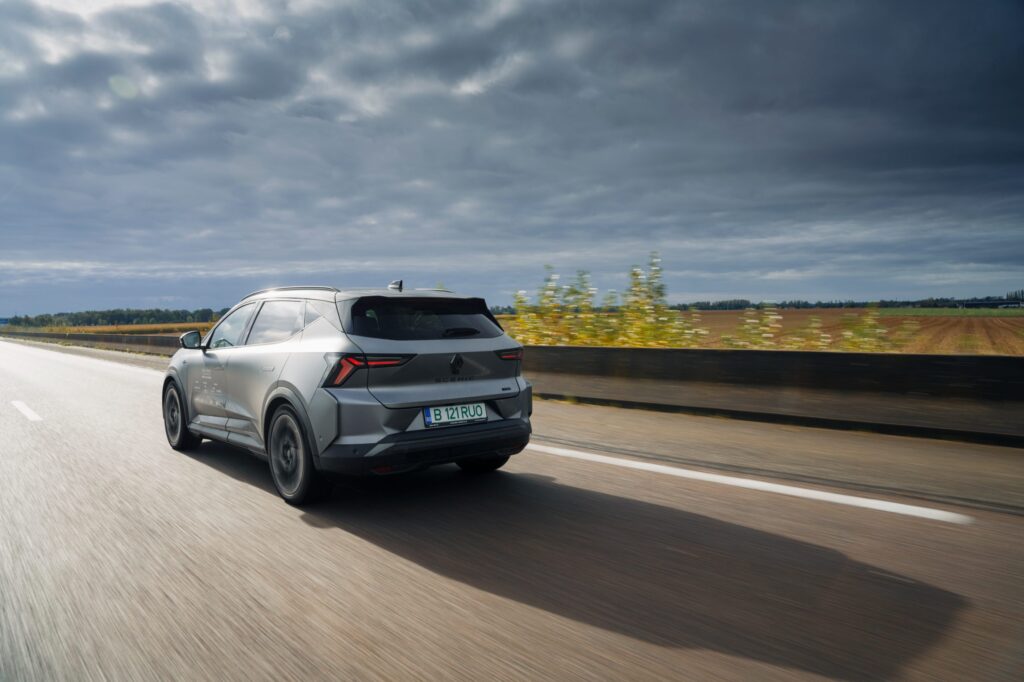
Renault Scenic E-Tech Electric: energy consumption, actual range, charging costs
The average cost per kWh is between €0.39 – €1 and the average cost per kilometer is between €0.1 – €0.2. The costs are quoted as a range as they vary depending on the application used/subscription of each user.
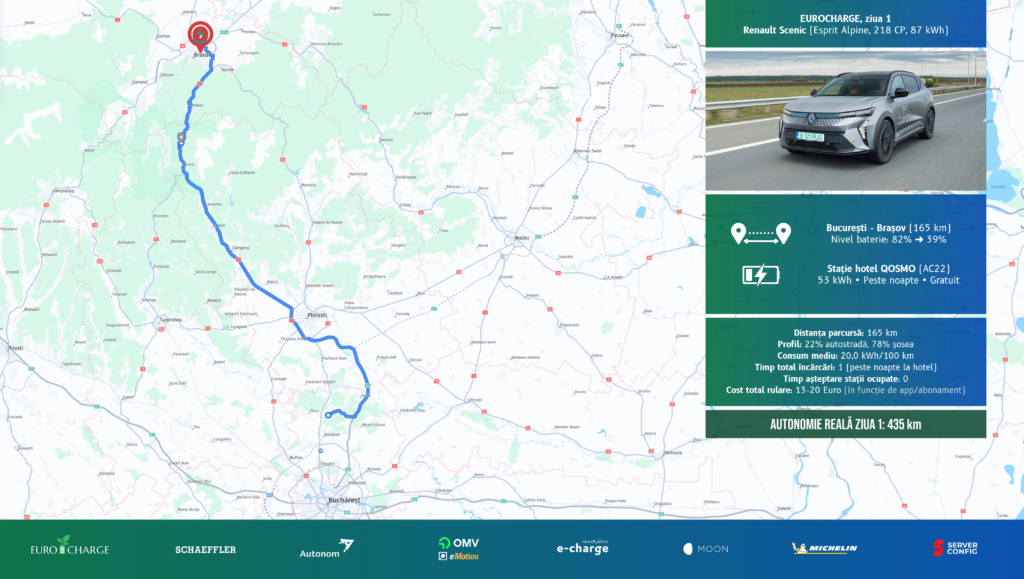
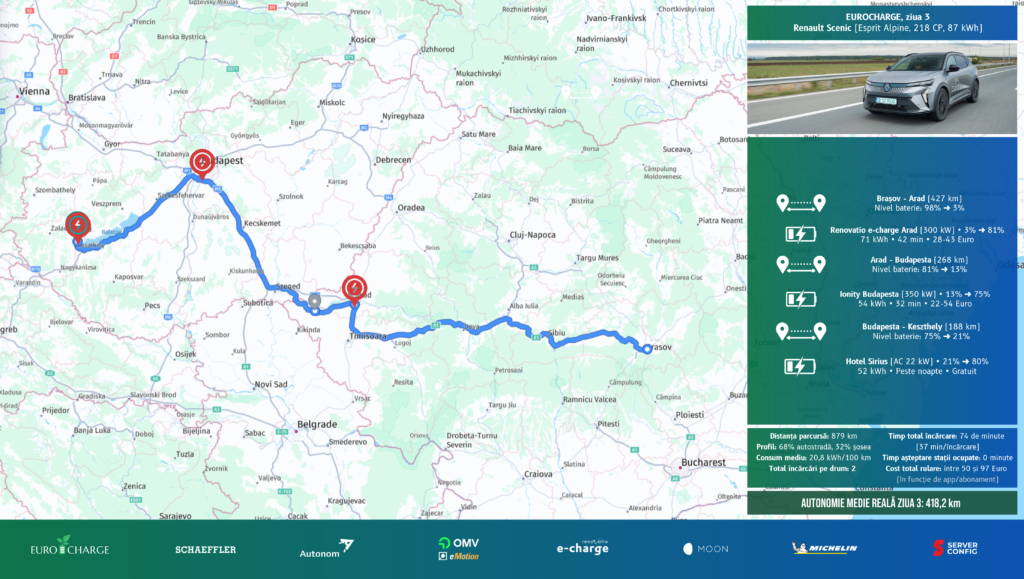
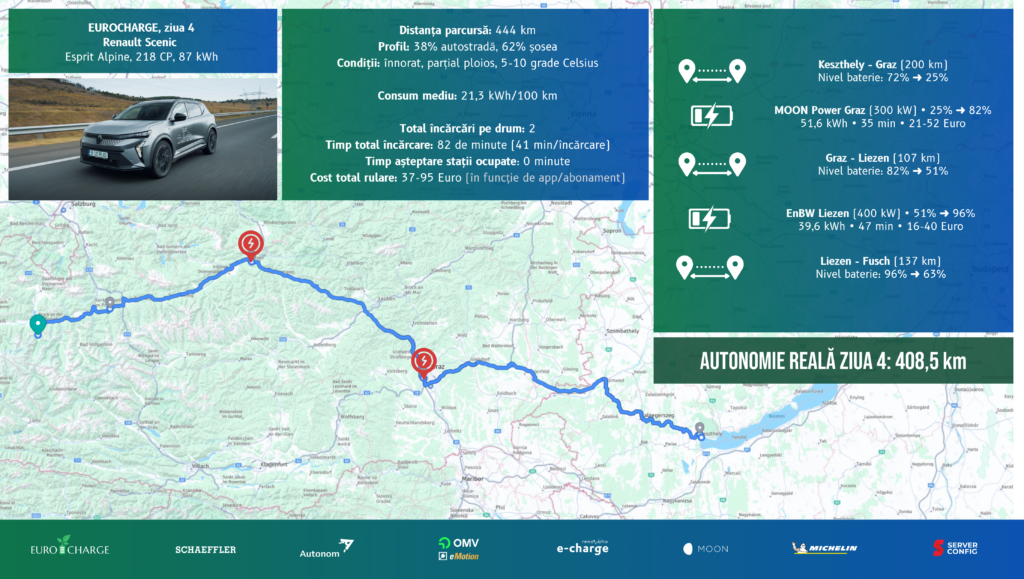
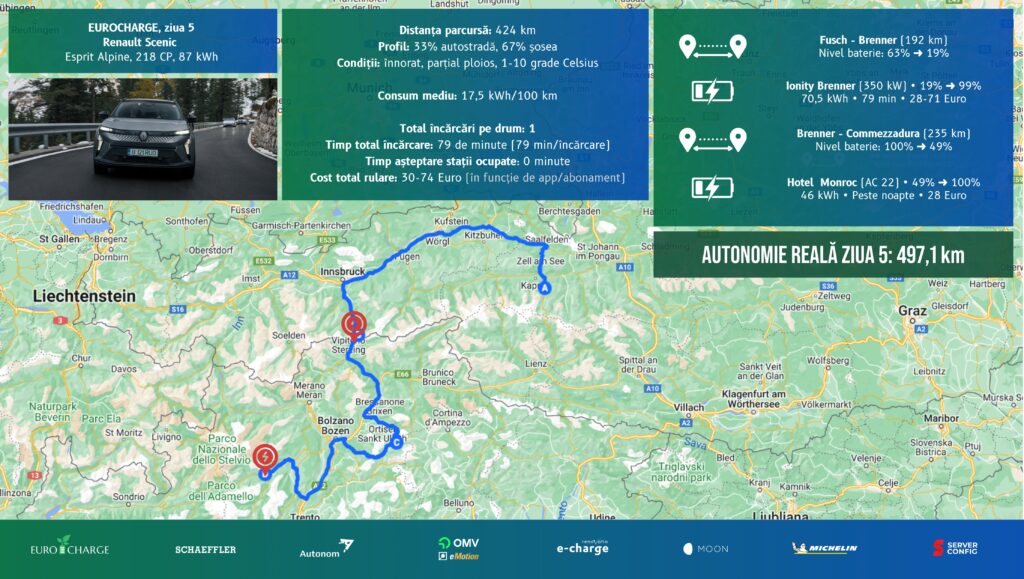
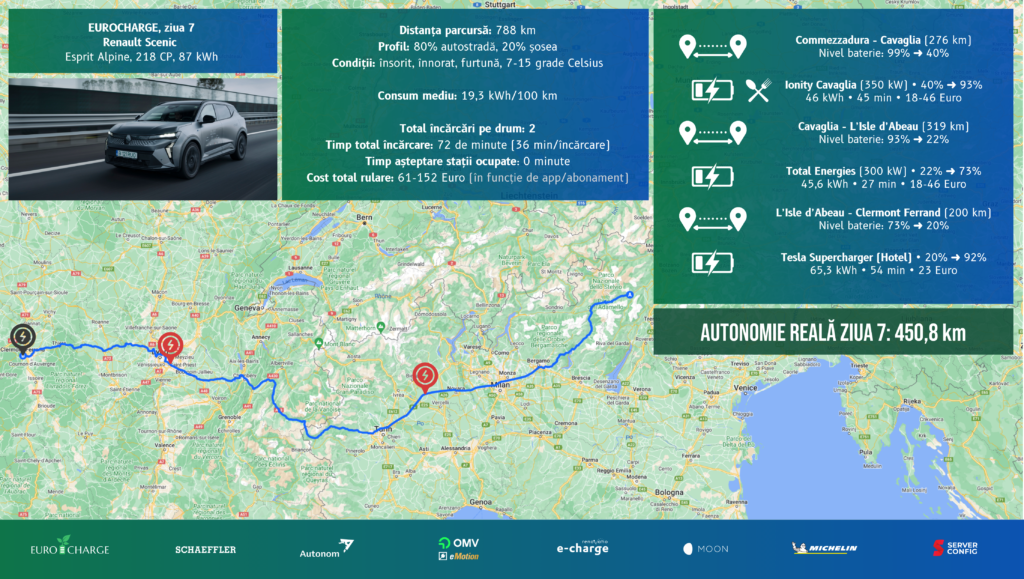
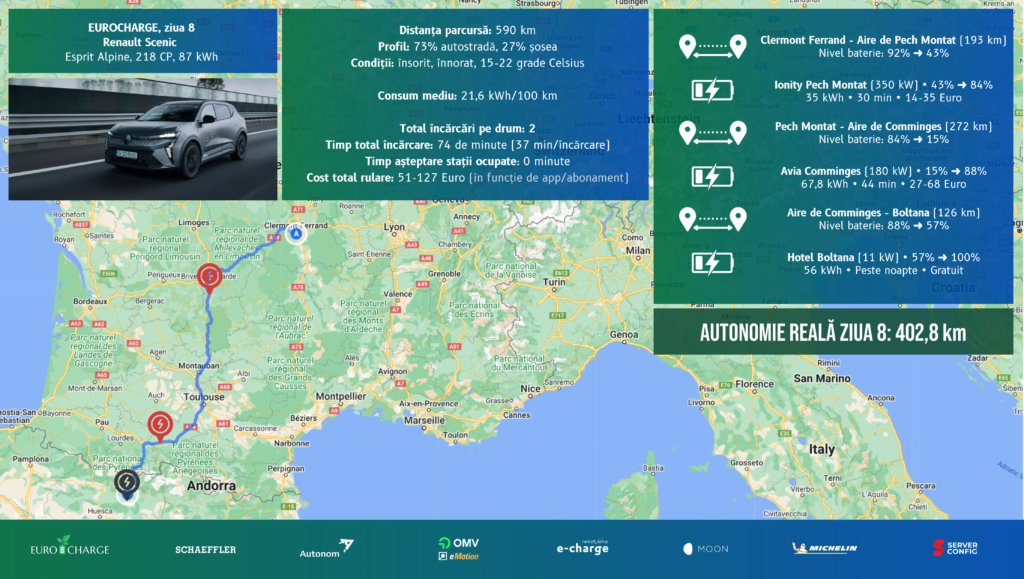
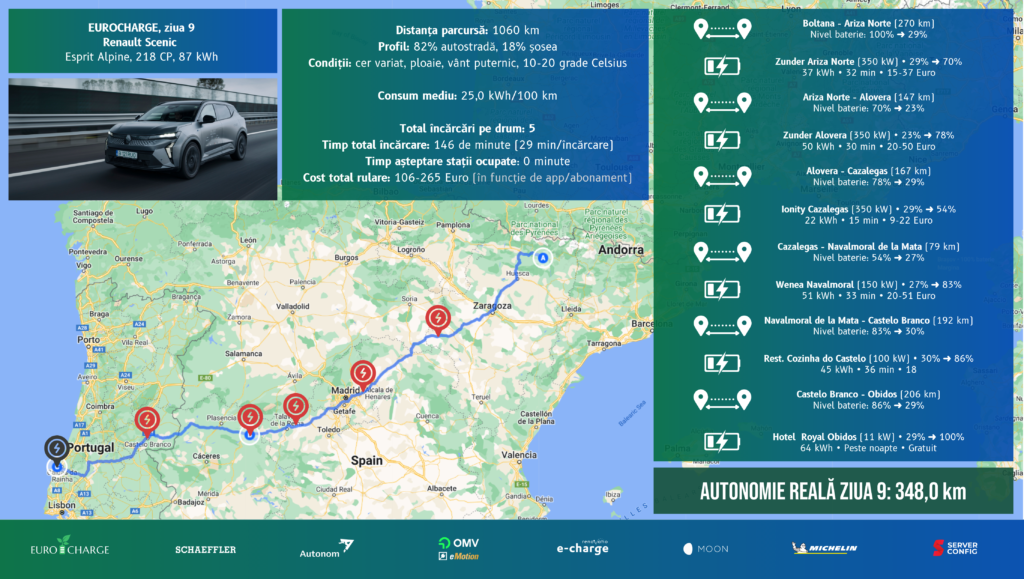
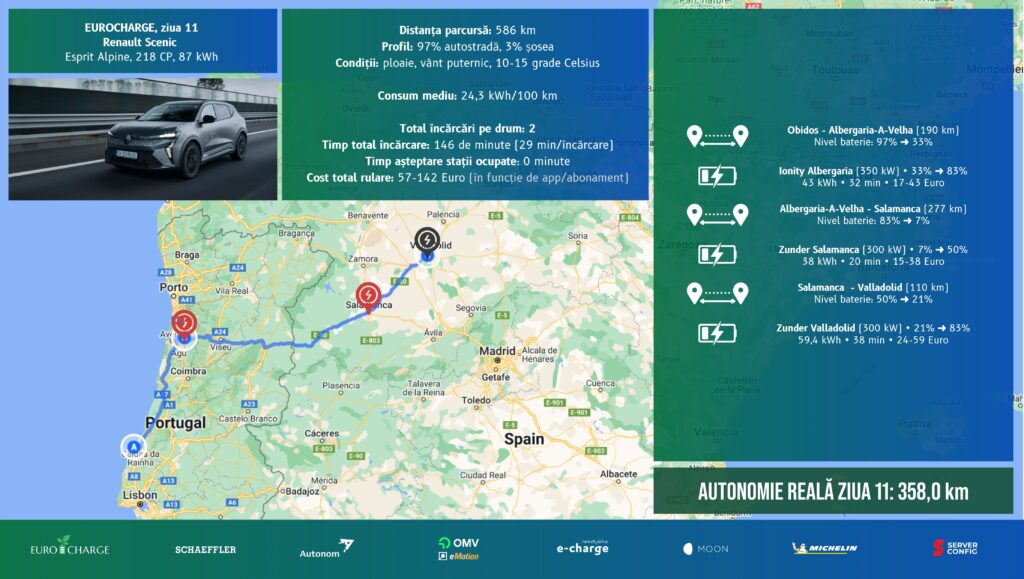
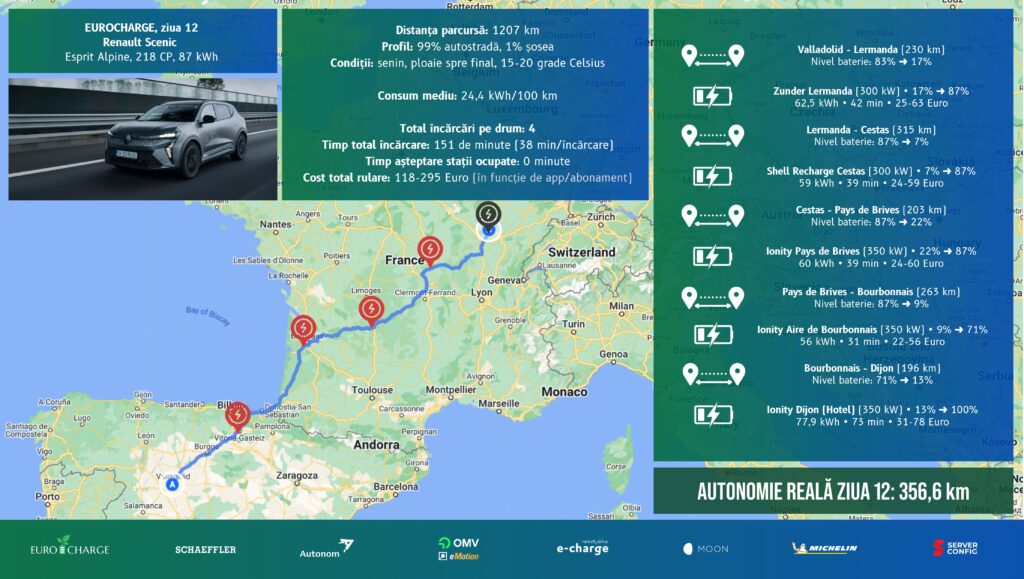
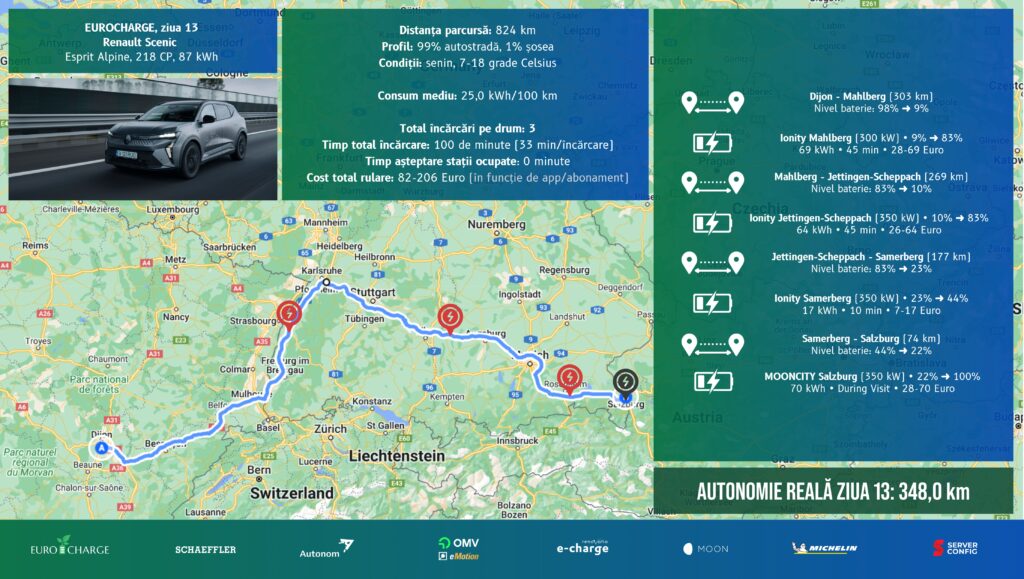
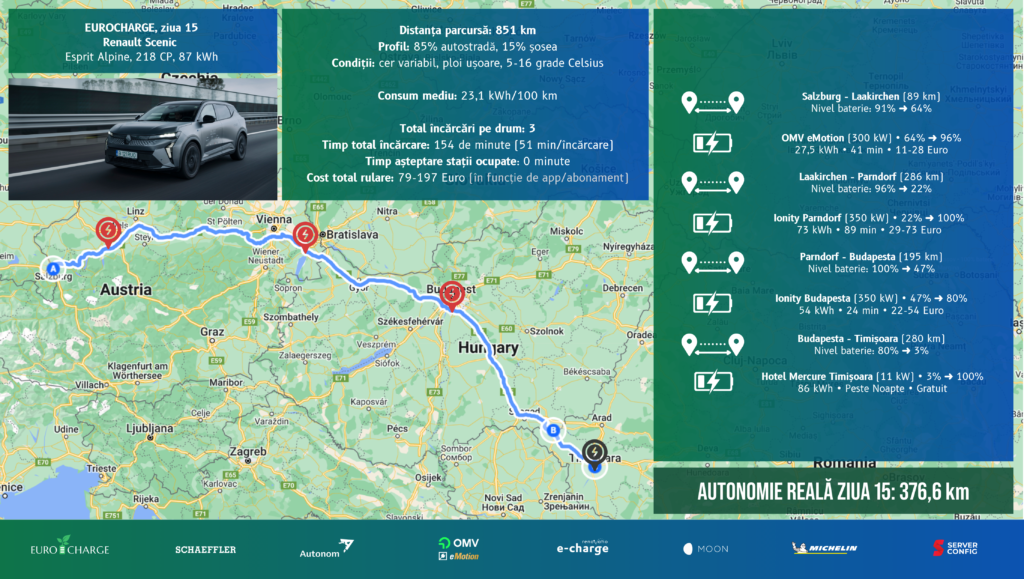
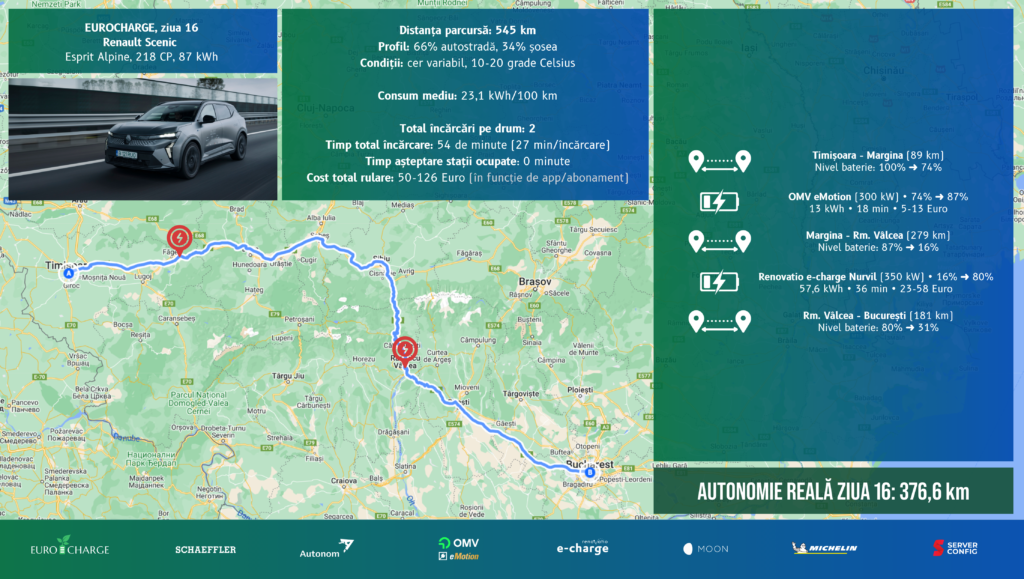
Impressions of those who drove the Renault Scenic in EUROCHARGE by Schaeffler
Adi Dima (eblogauto)
To drive the Renault Scenic E-Tech is to instantly understand why this car was Europe’s Car of the Year 2024. The headaches sometimes associated with running an electric car magically disappear when you climb aboard this model. Obviously, this technology costs money and the price of the French model is €52,000, which puts it in the cheaper half of the cars co-opted into EUROCHARGE 2024. I mention the price because it’s hard to have a battery with a net capacity of 87 kWh and a range of more than 500 km when you’re paying around €50,000.
I think the Scenic has one advantage over all the cars on this tour – the interior. Ergonomic, easy to use, roomy, offering a design that will still be fresh 5 years after buying the car. The bench seat is ideal for passengers of any height, and the infotainment system is easy to use, offering real functionality – the physical controls are still present, so using the climate control doesn’t require taking your attention off the road.
The Scenic E-Tech is the right family car for the modern user who can charge at home or at work, but also isn’t afraid to go out on the town in their new electric MPV. I know Renault would prefer me to call this car an SUV, but it seems to me that I would be insulting its practicality if I did.
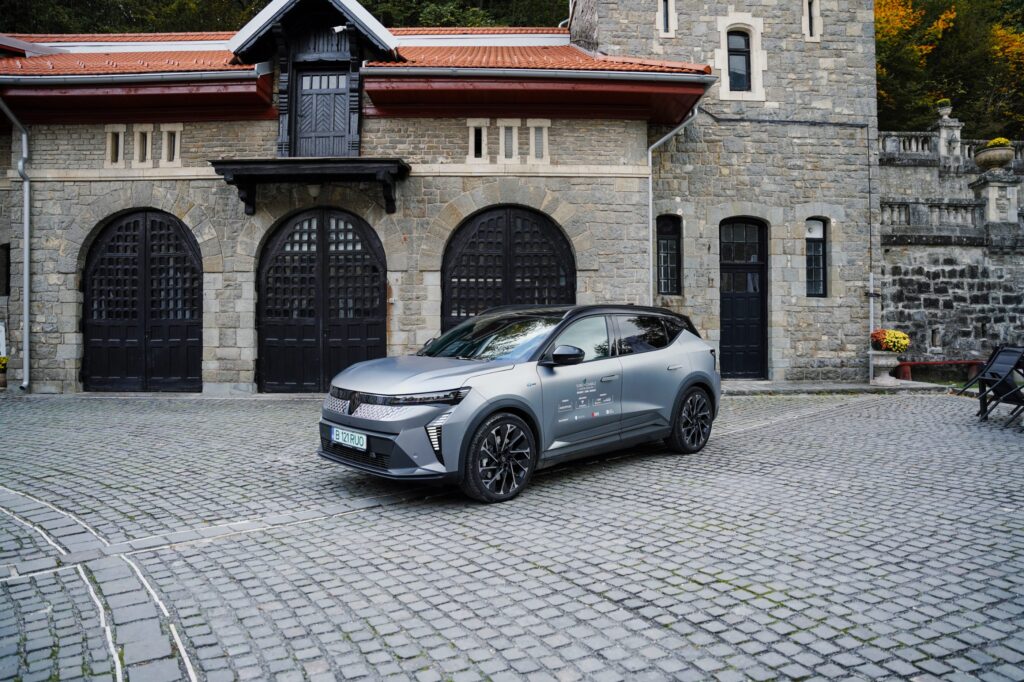
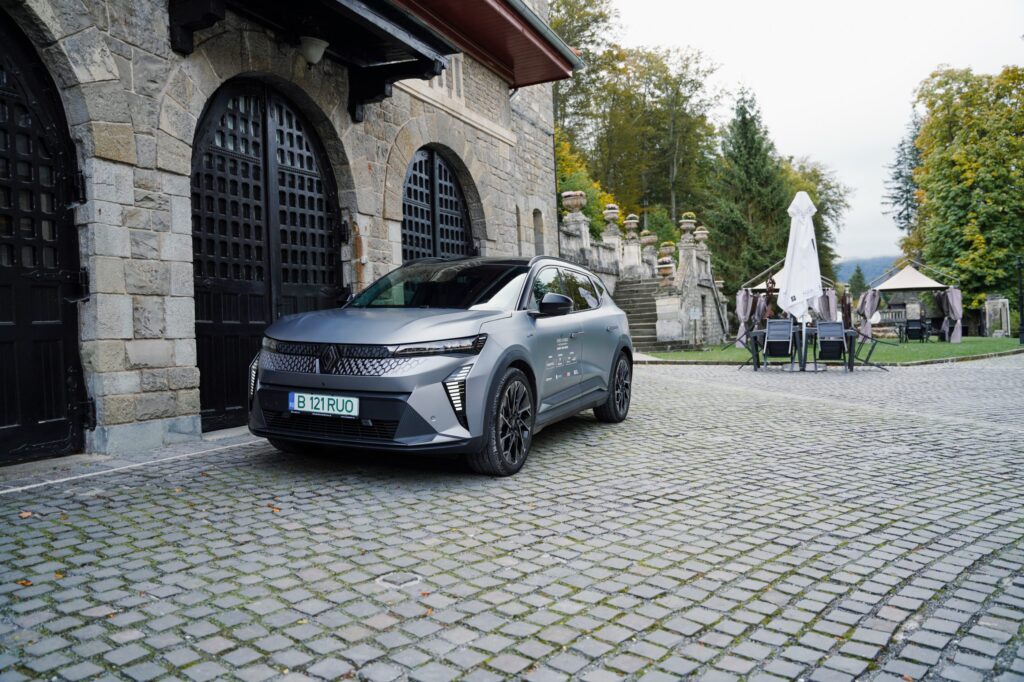
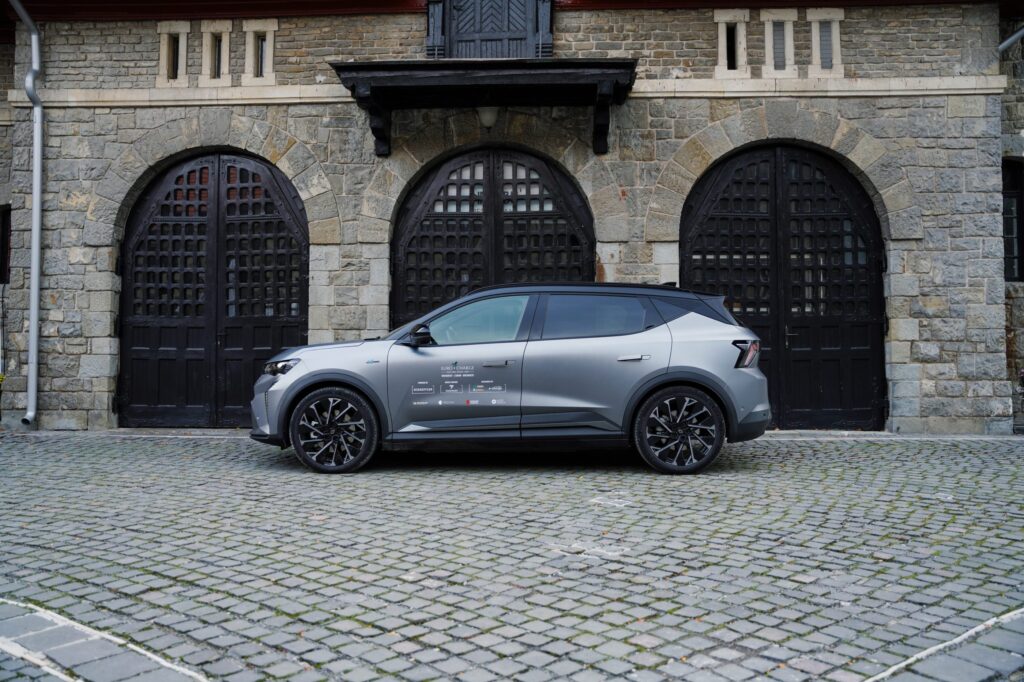
Adi Mitrea (0-100.ro)
The Renault Scenic E-Tech is proof that the European car industry can hold its own in Asia. Especially China. This Scenic has a big battery (87 kWh, net), good efficiency (less than 22 kWh/100 km at 5 degrees Celsius – national roads and highways) and long range (300-600 km).
And everything else is superlative. That means a very good multimedia system based on Google Automotive, spectacular ambient lighting, above-average comfort, good thermal and sound insulation.
About 80% of this car is made in Europe. We test it over 9,000 kilometers in EUROCHARGE by Schaeffler. I think it is worth taking a test drive of at least 30 minutes or 20-30 kilometers at your nearest Renault dealer.
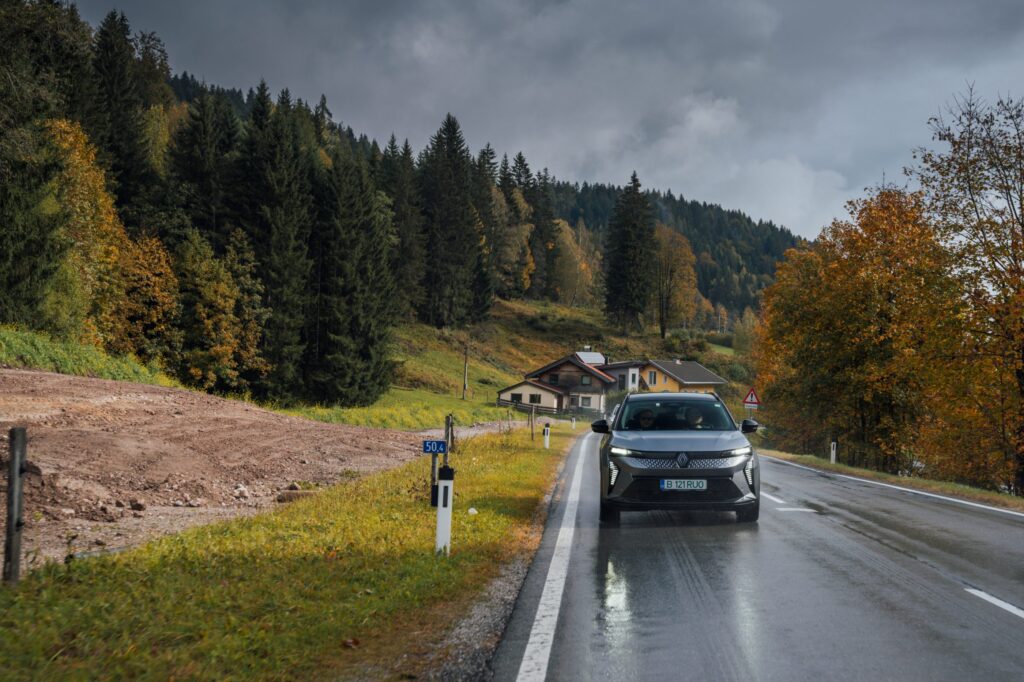
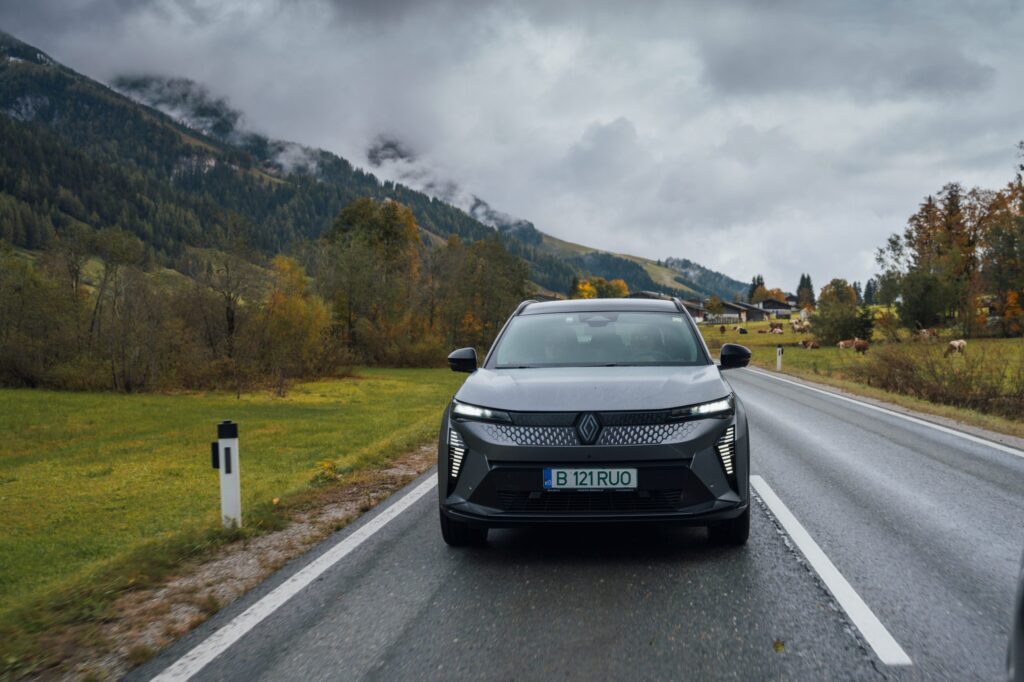
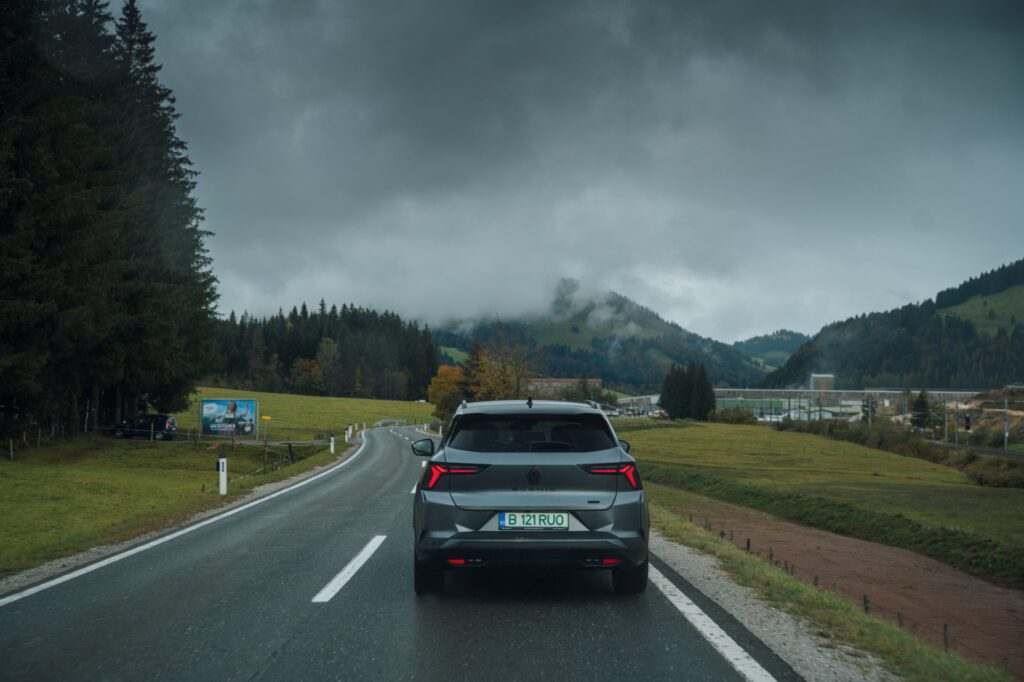
Julius Constantinescu (Digital Storyteller)
The Renault Scenic is a solid, roomy and extremely easy to drive SUV – probably one of the best options in the 50k price bracket in any engine type, not just an electric. The suspension is great, it absorbs shocks so well, if you’re doing the road in Tony Soprano’s trunk you probably won’t even know when you’ve exited the highway and entered the forest road.
I’d also note one thing about the Scenic that no other car has: the Harman/Kardon sound system customized by Jean Michel Jarre. It sounds so good that I ironically put on Florin Salam, and the Scenic’s sound system ironically played Pink Floyd.
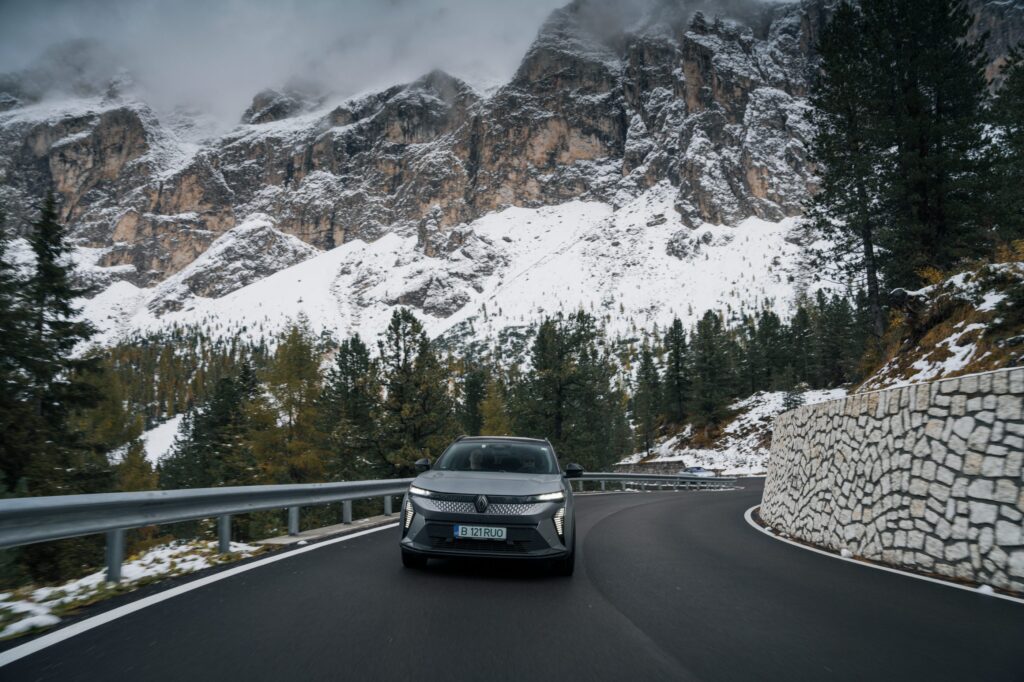
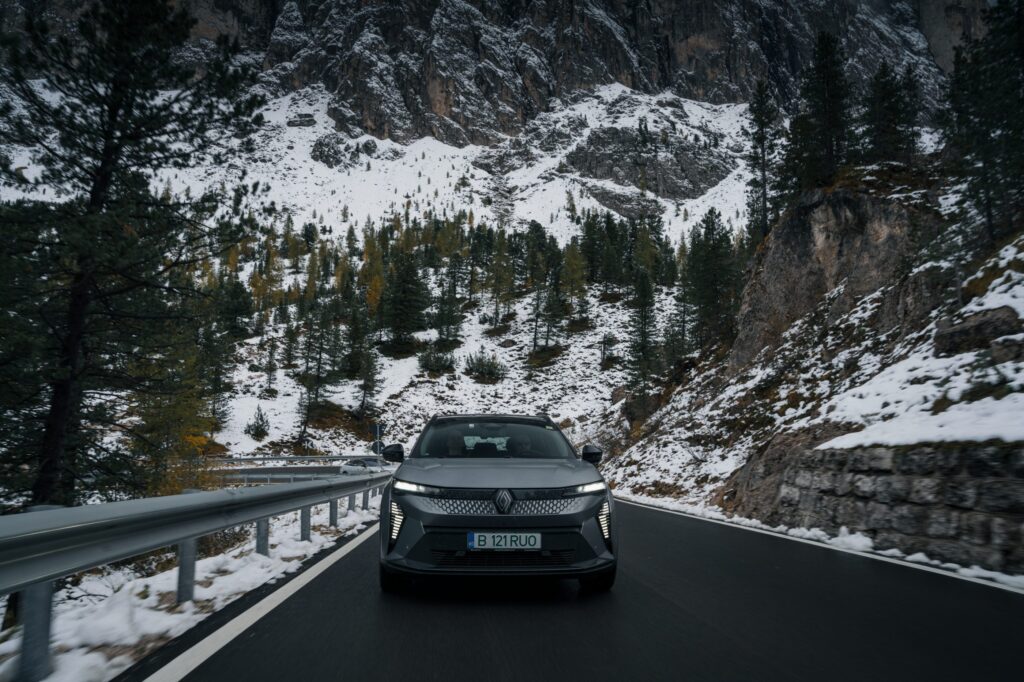

Laura Antonov (LaChicBoutique, Shedrives)
MPV or SUV? First and foremost, it’s practical. Because that’s the word I think best describes the Renault Scenic E-Tech Electric 220 Esprit Alpine. And right after that, ergonomic and comfortable, an ideal car for first-time electric users to ‘get the hang of it’, but more importantly to get a taste.
And it couldn’t be better, we drove the car on the roads of France itself. Bonjour, Scenic!
With its 220 hp engine, the Scenic E-Tech Electric goes from 0-100 km/h in 7.9 seconds and may not satisfy a more sporty dad with its cornering, but it will certainly win him over with its Harman/Kardon sound system, while mom will appreciate the comfort, the numerous storage spaces, the trunk capacity and, of course, there’s plenty of room for the kids in the back seat.
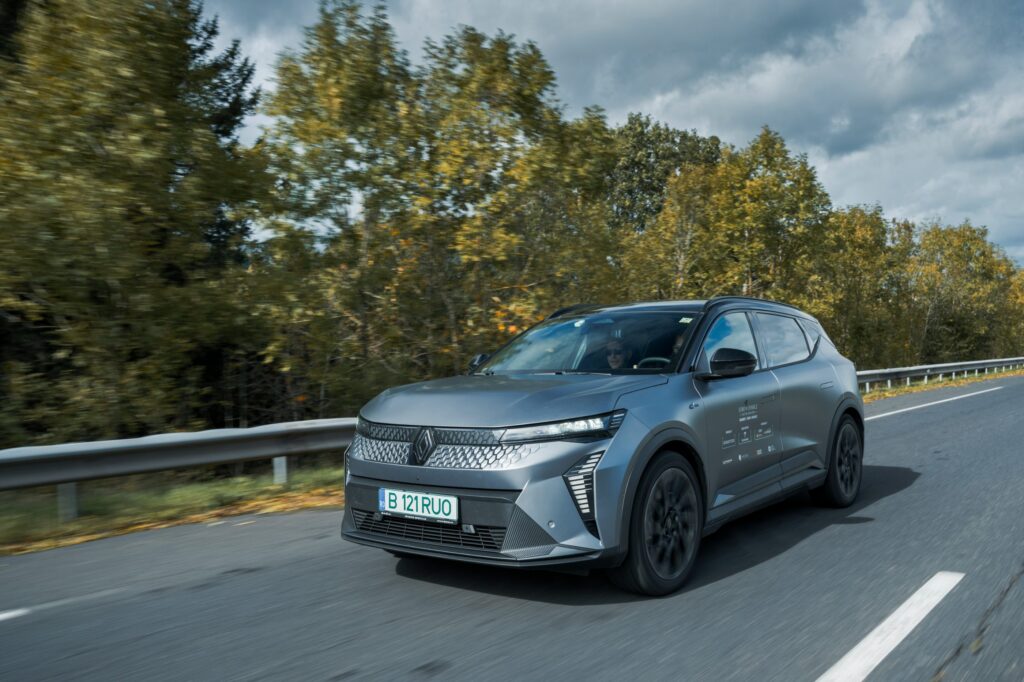
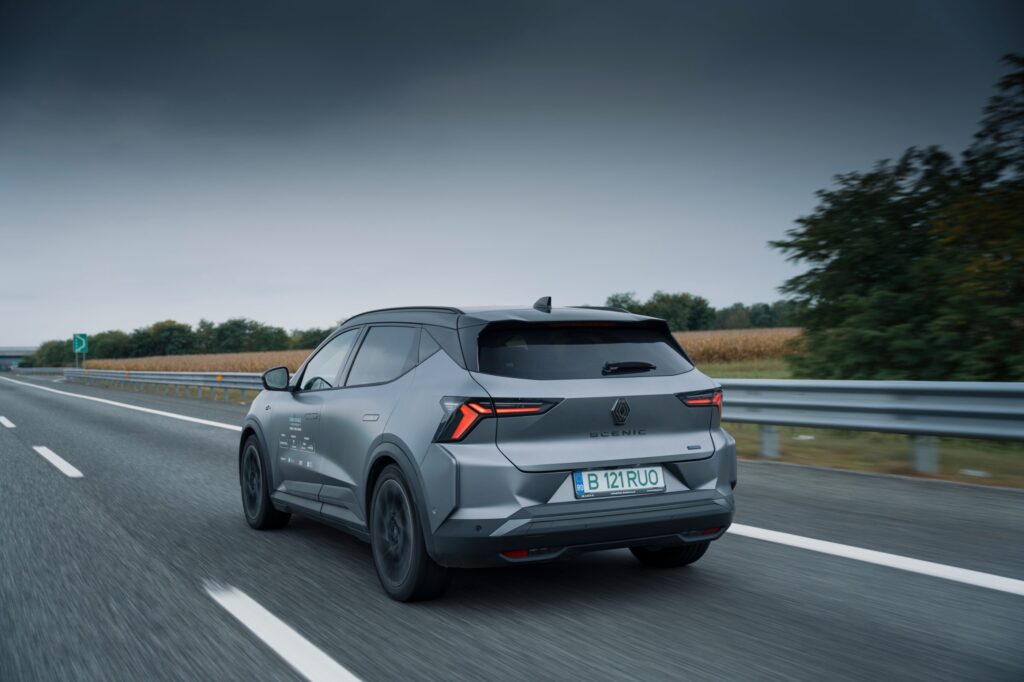

Tibi Buzdugan (electromobilitate.com)
Two years ago, I had the opportunity to drive a few hundred kilometers in the Renault Megane E-Tech at ROCHARGE 2022. It was the biggest surprise of the eight electric cars tested then. We discovered that many features you’d expect to find on premium cars costing more than 80-100 thousand euros can also appear on a more budget-friendly car. The Renault Scenic continues this trend, in a slightly bulkier form.
It is a perfect family car, offering plenty of space both inside and in the trunk (over 540 liters). The sustainable materials used in the interior are nice, and the seats are very comfortable on long journeys (after over 1,000 km behind the wheel, I felt as rested as after a two-hour drive). I particularly liked the way the adaptive autopilot worked, which never jerks the car and made driving very smooth. Under the two digital screens – the one behind the steering wheel and the one in the center – is Android Automotive.
To me, it remains a mystery how so many car brands continue to develop infotainment systems in-house, even though they are far inferior in every way (ergonomics, response times, functionalities) compared to existing solutions, instead of adopting a system that actually works as expected in 2024. But examples of deficient ego and management are in every industry, so it couldn’t miss automotive.
One clear example is navigation: you have Google Maps integrated, select your destination and automatically see the estimated battery percentage on arrival (which takes into account differences in altitude on the route and weather conditions), whether you need to charge en route and how long to stay at each stop to optimize travel time, and so on.
On the day we reached the ocean, starting from the Pyrenees, we drove almost 700-800 km with a very strong headwind, which increased consumption by 20-30% compared to the previous days, even though the highway speed limit was 120 km/h. However, on each 200-300 km stretch of road, the estimation of the percentage of battery at destination made by the car’s navigation system was accurate to 1-2%.
At this price point, I find it difficult to find a better car in terms of space, interior features and materials, whether it’s internal combustion or not. It’s not for nothing that it won the 2024 European Car of the Year award.

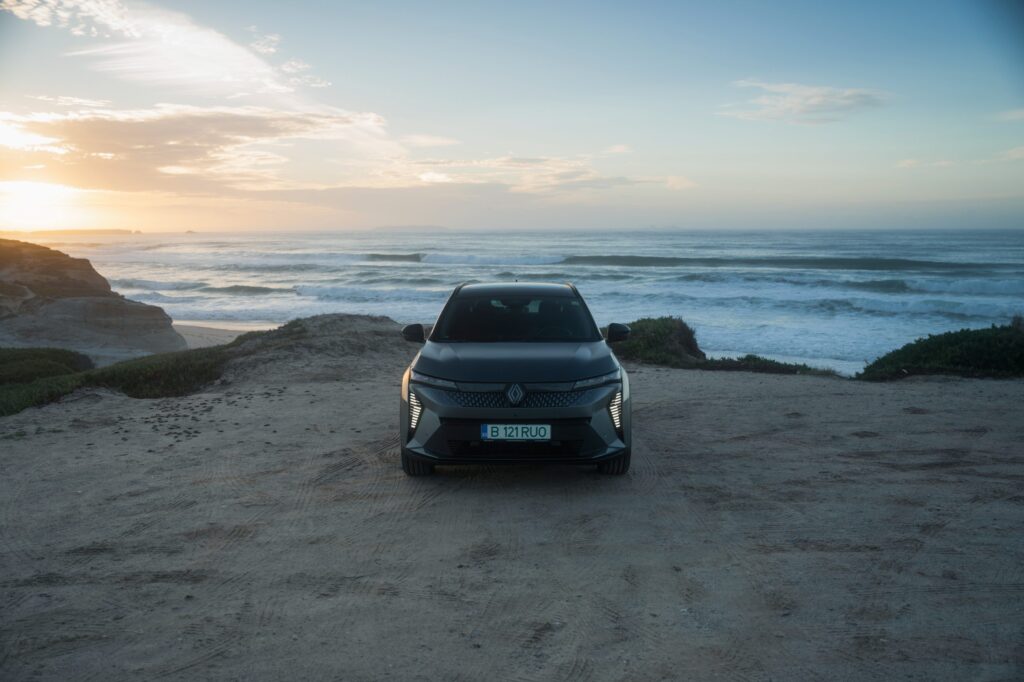
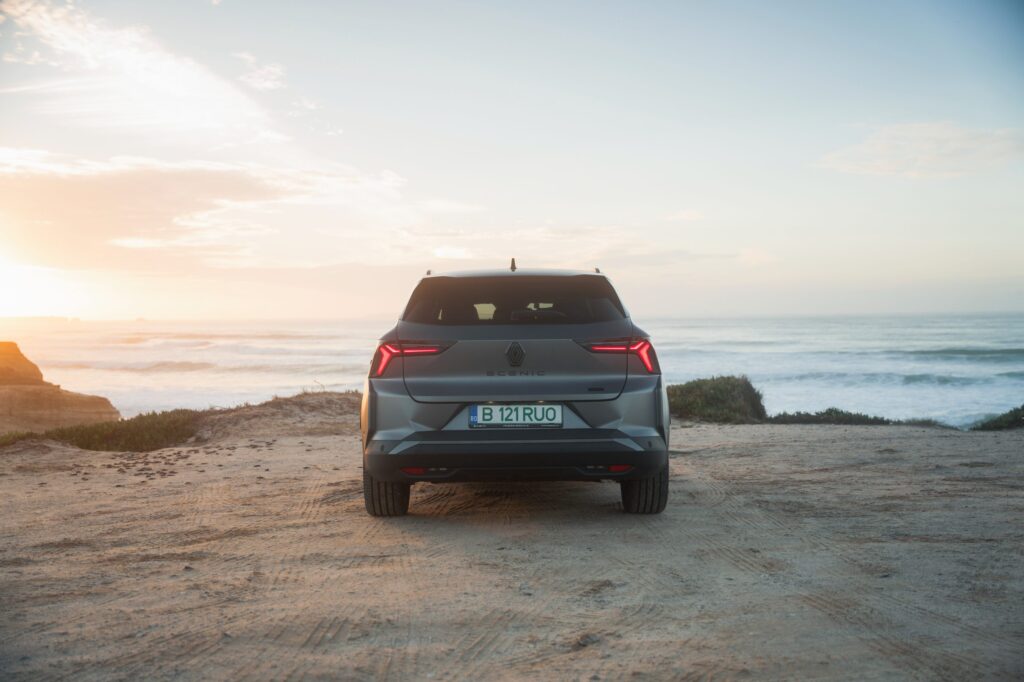
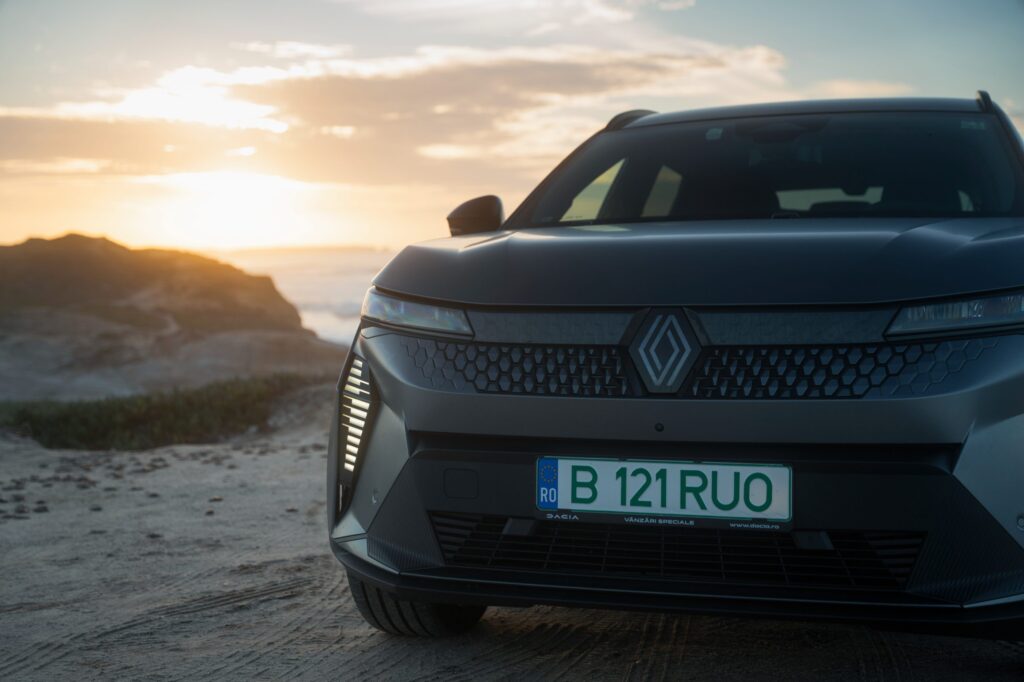
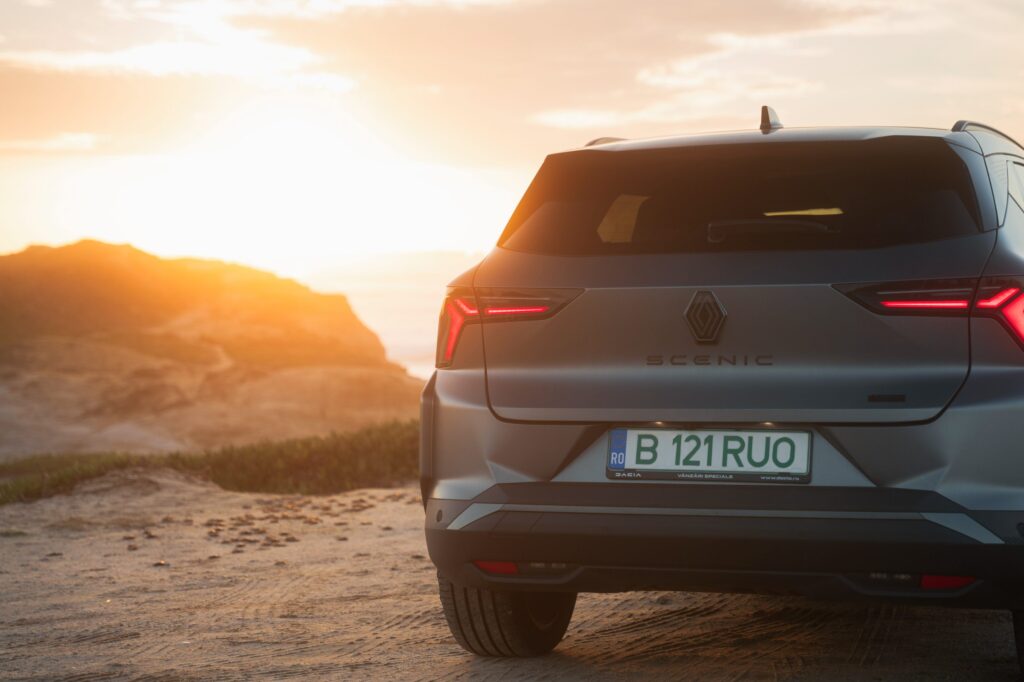
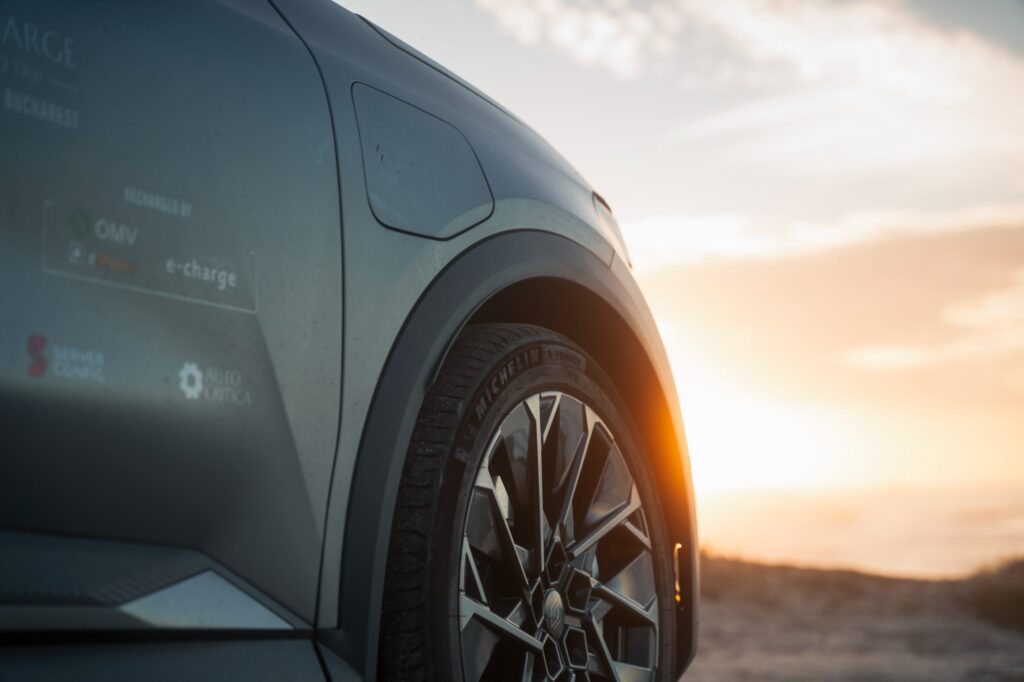
Andrei Barbu (MotorVlog TV)
1,207 kilometers in 13 hours and 58 minutes, including charging breaks. It’s a simplistic, banal conclusion, but it says a lot about what a long drive in an electric car is all about when the road and charging infrastructure is as it should be. The time spent on the road is also a surprise to me. I was expecting 16-17 hours, severe fatigue and nerves stretched to the max. But that wasn’t the case. Not at all. It was relaxed driving, at the upper limit of the legal speed limit, no wasted time with non-charging stops and we arrived at the hotel in the evening, just in time for dinner.
There’s a lot to say about the Renault Scenic. But in short, it’s the kind of electric SUV that’s perfect in a family car context. It’s roomy, comfortable, with a very well thought-out interior that doesn’t drive badly at all. The suspension gets the job done, the steering is with you in the big moments and the brakes work perfectly every time. It doesn’t go for sportiness, but for such a spacious, front-wheel drive electric SUV, the Scenic hides its pounds well when you’re cornering. And on long highway drives, the car is quiet, even when it’s pouring rain, and the suspension floats elegantly over bumps and bridge joints. Good enough to get out of the car in good spirits after a 14-hour drive. And that’s no small thing. Quite the opposite!
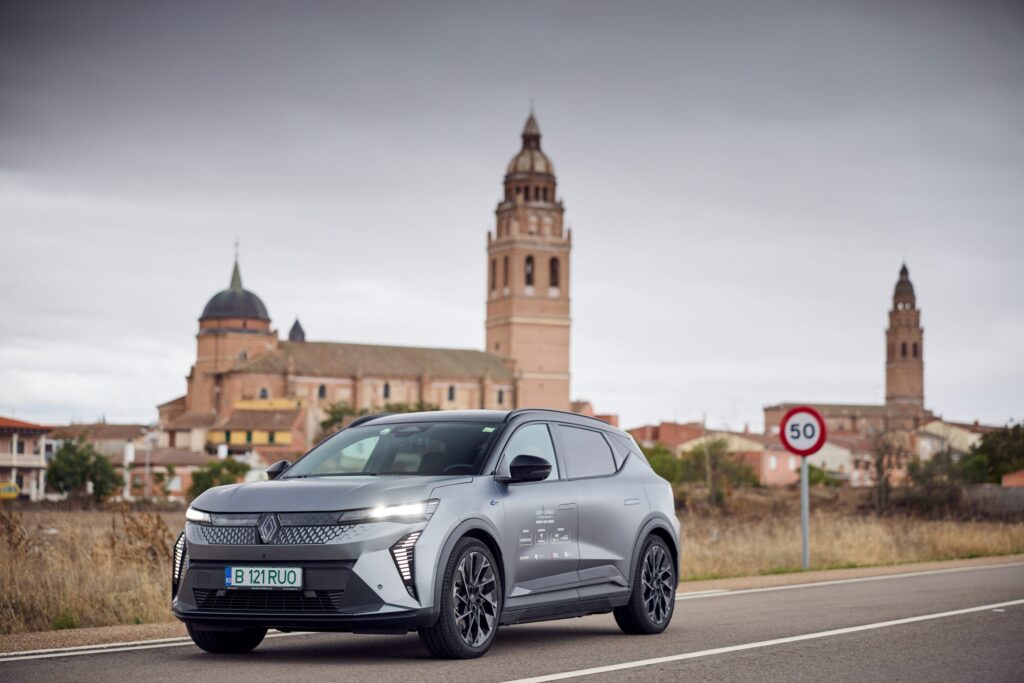
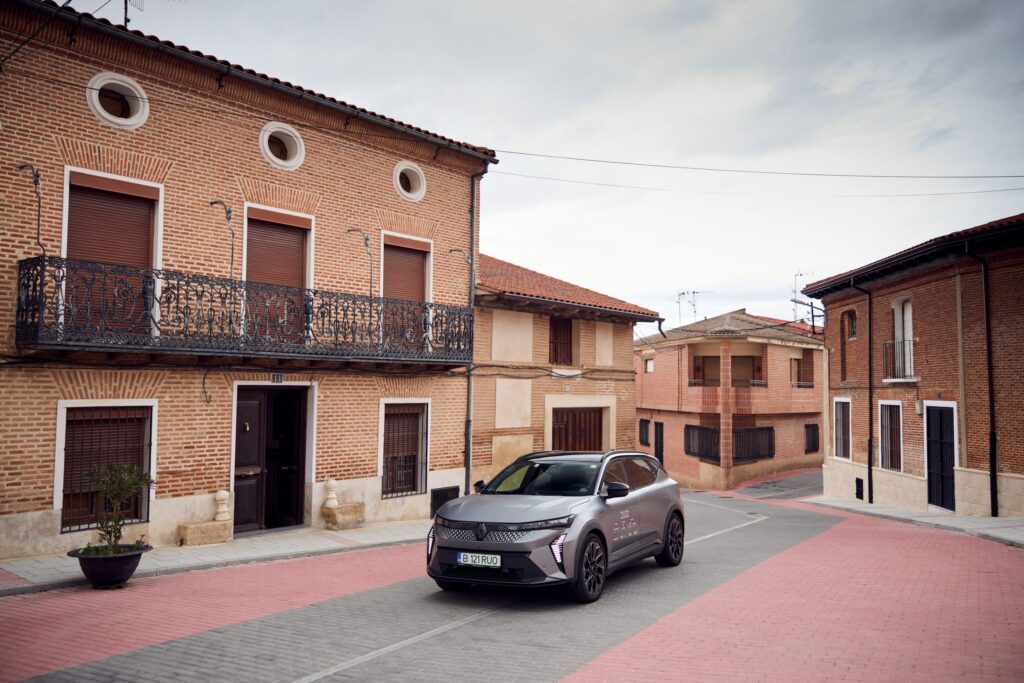
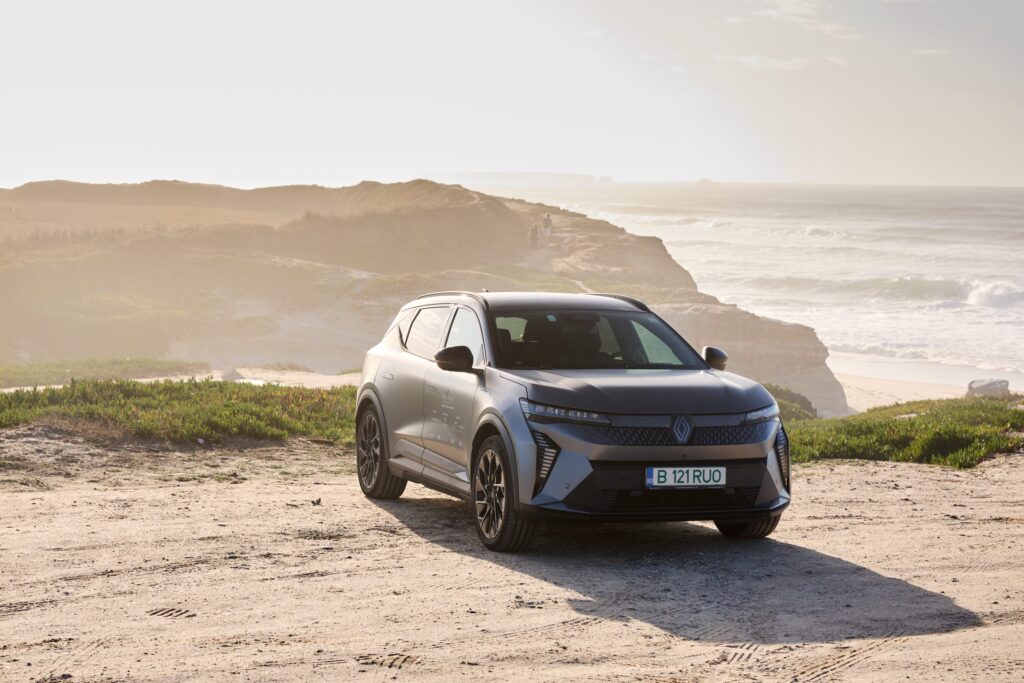
Alin Ionescu (Mașinistul)
They weren’t the prettiest cars, but they were very practical. With expansive glazed areas all around the perimeter of the car and plenty of storage space, MPVs had their moments in the sun. The Renault Scenic, for example, adopted this body shape for four generations, and was even available in two wheelbase versions and all-wheel drive before the SUV boom. But the world has changed, and along with the popularization of electric propulsion, SUVs have slowly but surely eaten into all other segments, replacing MPVs, station wagons and even traditional hatchbacks. As a result, the fifth-generation Renault Scenic is a compact-class electric SUV.
Once over the shock of the transformation from MPV to SUV, the new Scenic proves that it hasn’t lost its family-friendly credentials. The 2.78-metre wheelbase offers generous interior space, especially for the rear passengers, who have knee room as in a top-class car. Trunk volume doesn’t disappoint either, with up to 545 liters of luggage. The feeling of space is further enhanced by the variable-transparency glass roof, which can be made opaque at the touch of a button.
As in the past, the Scenic shares the same platform as the Megane. But because it’s now a 100% electric SUV, it’s twinned with the Megane E-Tech, taking some of the strengths of Renault’s much-loved Megane. The design is a variation on the same theme, while the interior emphasizes quality and good taste. The Scenic is very well equipped, using a multimedia system running Android Automotive. The graphical user interface is pleasant, and the two 12-inch and 12.3-inch screens legibly display all the information needed in a modern car.
In the top version, with its large 87 kWh battery and 220 hp engine, the Scenic offers a generous range – even in highway conditions, where it can easily reach over 400 km between charges. Charging at fast charging stations can be done with up to 150 kW. What’s more, Renault retains the trump card of being able to ‘pull’ 22 kW from AC stations, a rare virtue in the world of electric cars.
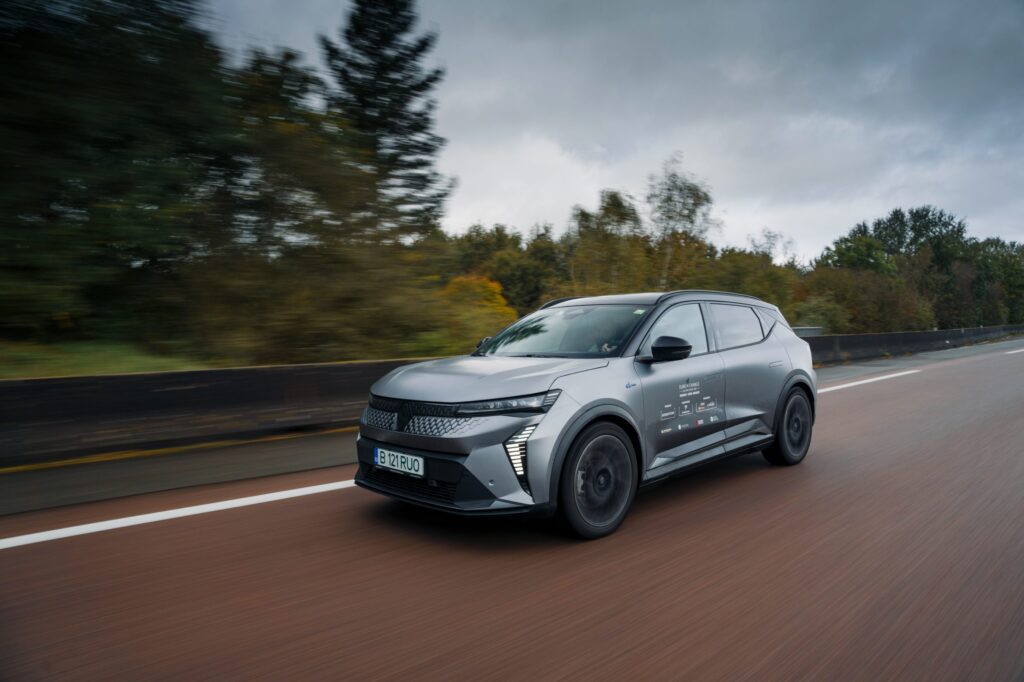
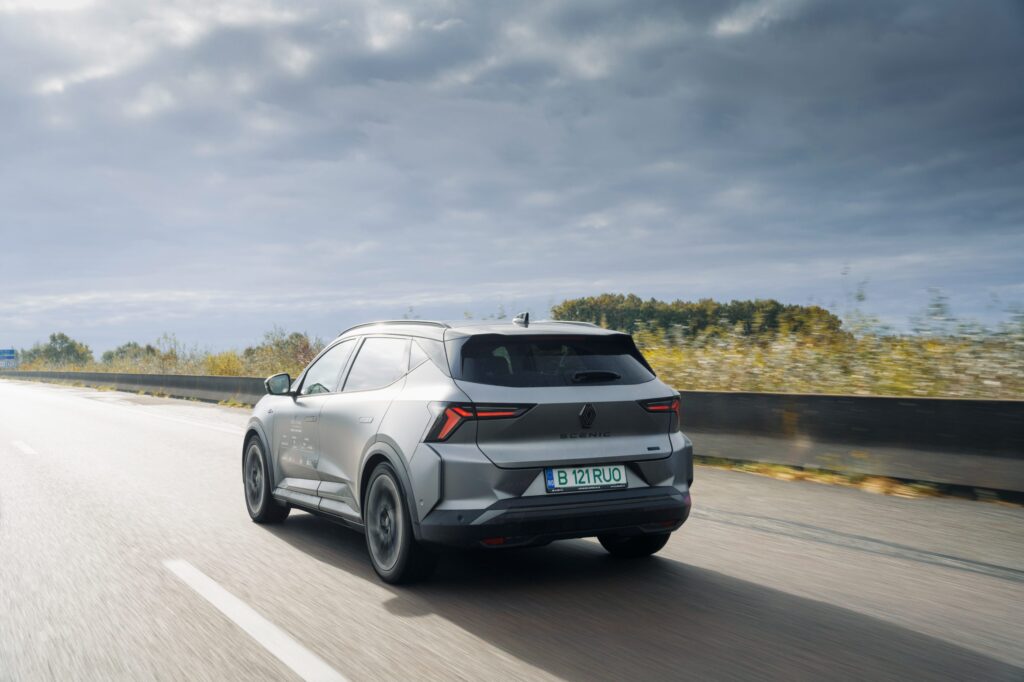

Constantin Ciobanu (AUTOCRITICA / Adevărul Auto)
Although people call it an SUV, I refuse to do so, at best I can accept the crossover classification. And because the interior is airy and bright, the minivan scent I still get it. But all of this doesn’t have much to affect the Scenic as a car and what it has to offer.
I’ll start with the trunk, because that’s where I got a surprise yesterday when I took the Scenic E-Tech on the road to the country. It has 440 liters, and had already adopted a trolley and a box, but its design also allowed the adoption of 2 more trolleys and some trinkets. Frankly, I was pleasantly impressed.
Given that we were on the highway for most of the day, at the legal top speed – 130 km/h, and in temperatures already low for electrics – below 10 degrees Celsius, I found the range of at least 300 km sufficient. But as you take the Scenic out of this frame and run at speeds up to expressway speeds, it’s an impressive marathon runner. Probably the most efficient car on the tour in these conditions.
The model’s big plus comes from the operating system developed by Google. Any address entered into the car’s navigation that is Google Maps comes with automatic calculation of the best route and charging strategies. The car also tells you with what percentage of battery power you’ll arrive at your destination. You can display Google Maps on your dashboard, and on the infotainment screen you can check reports from fellow drivers on Waze or just listen to music via Apple CarPlay. Definitely the ‘most up-to-date’ operating system on the tour.
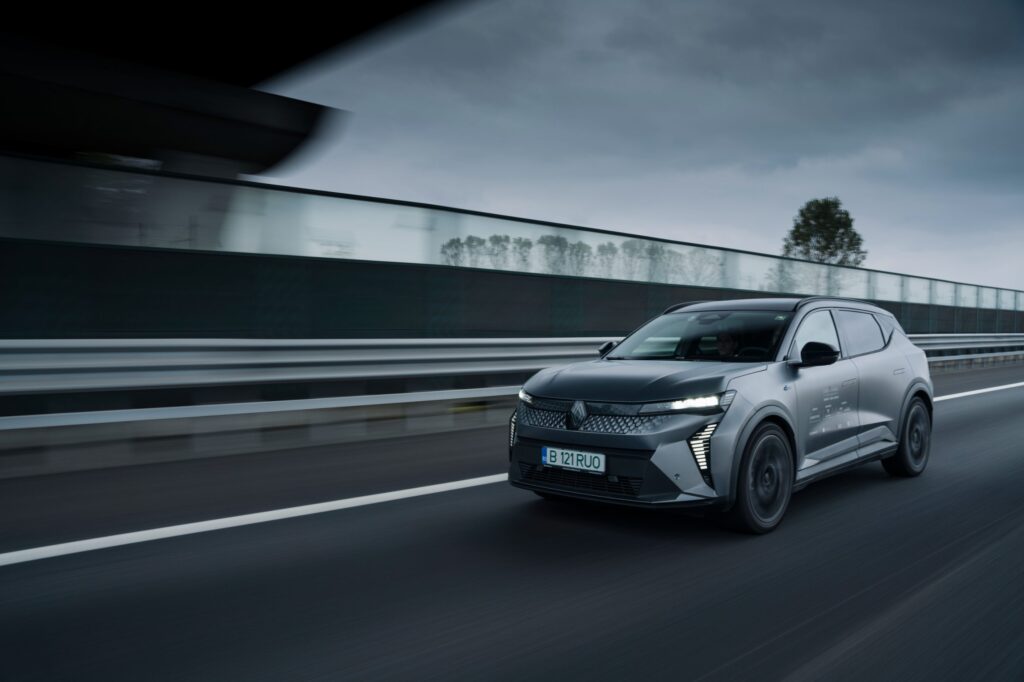
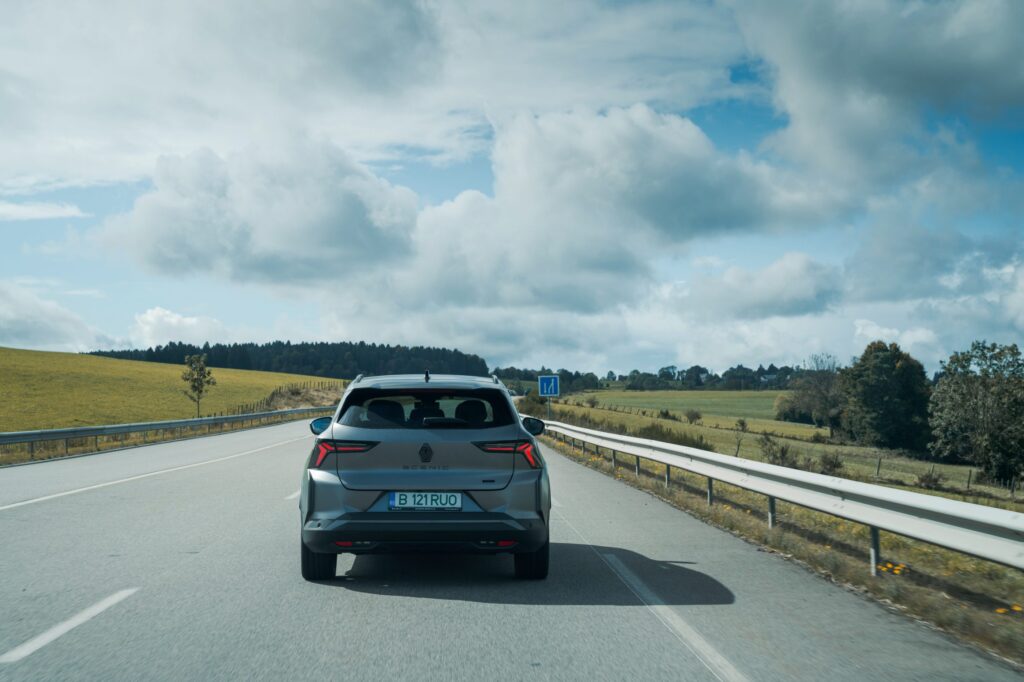
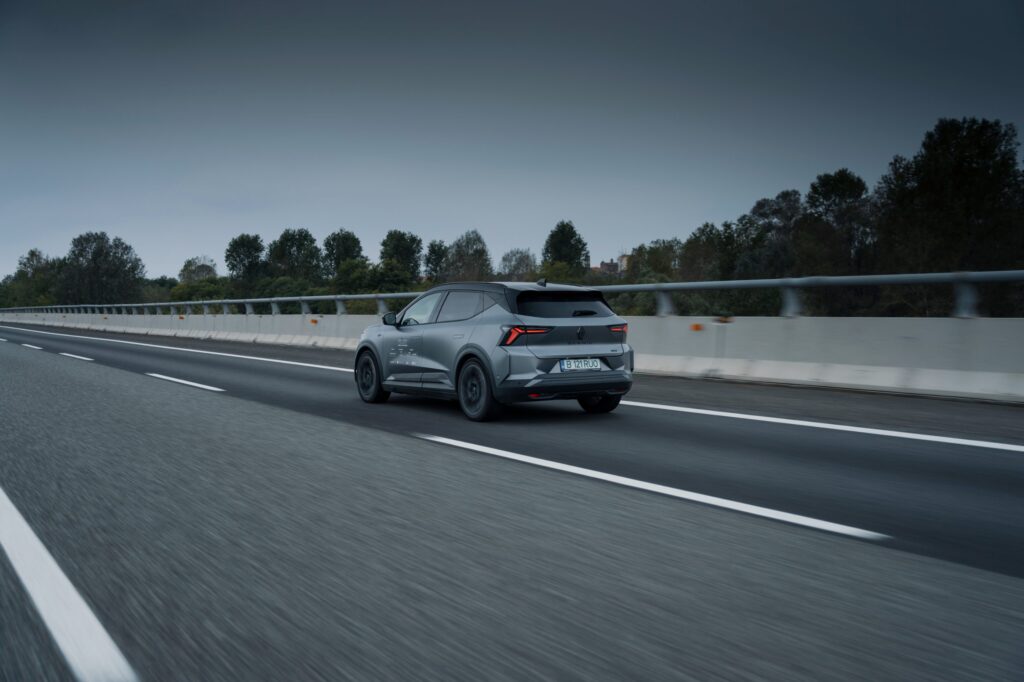
Technical specifications of the car that accompanied us in EUROCHARGE by Schaeffler
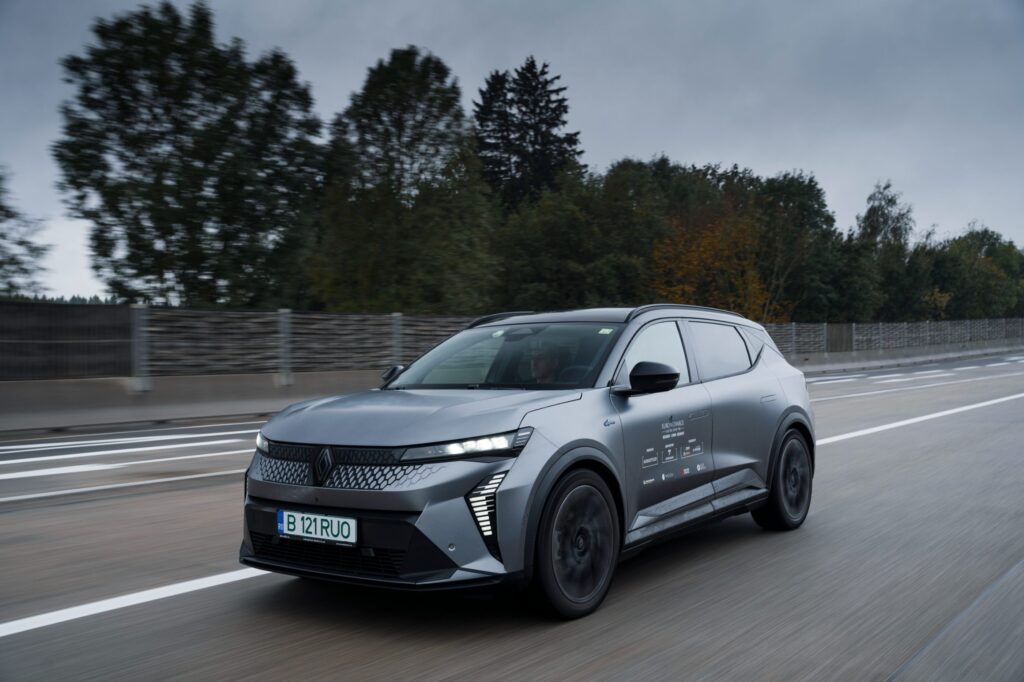
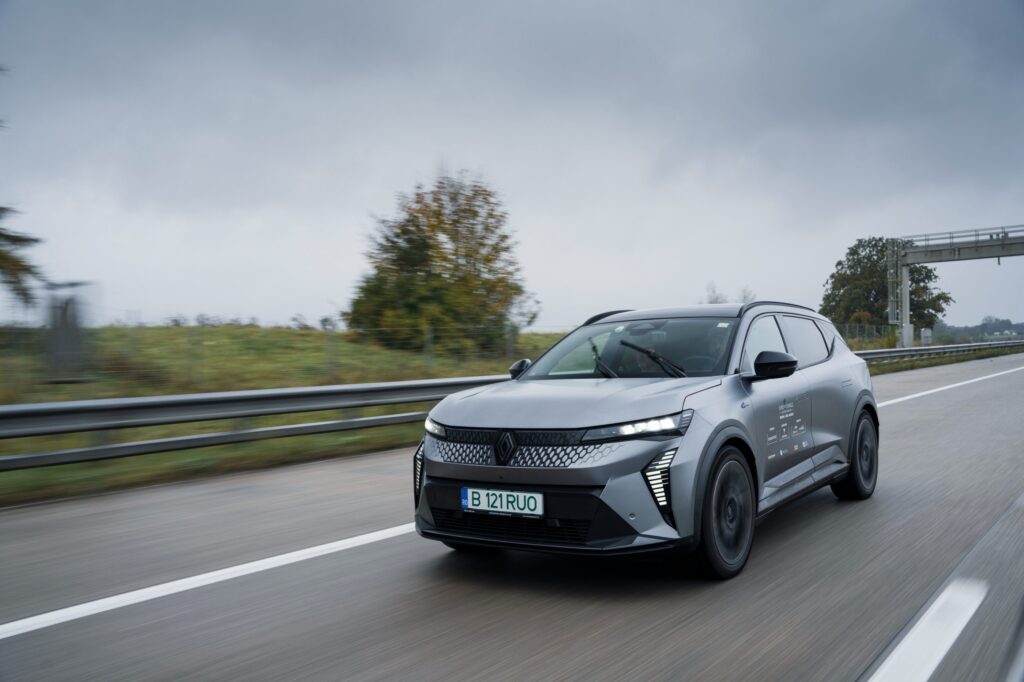
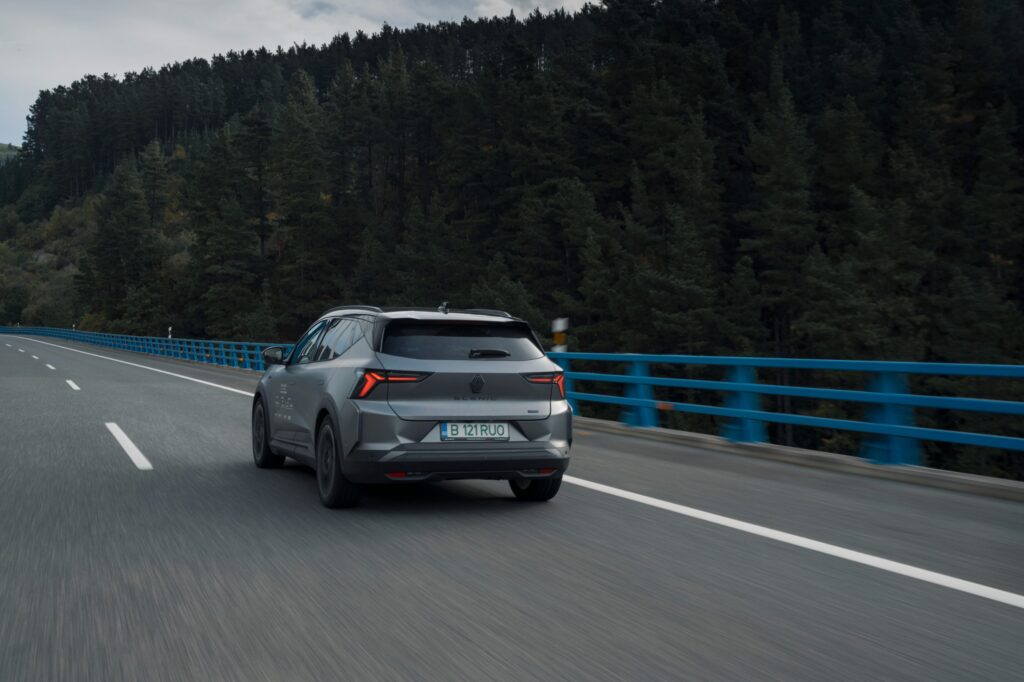
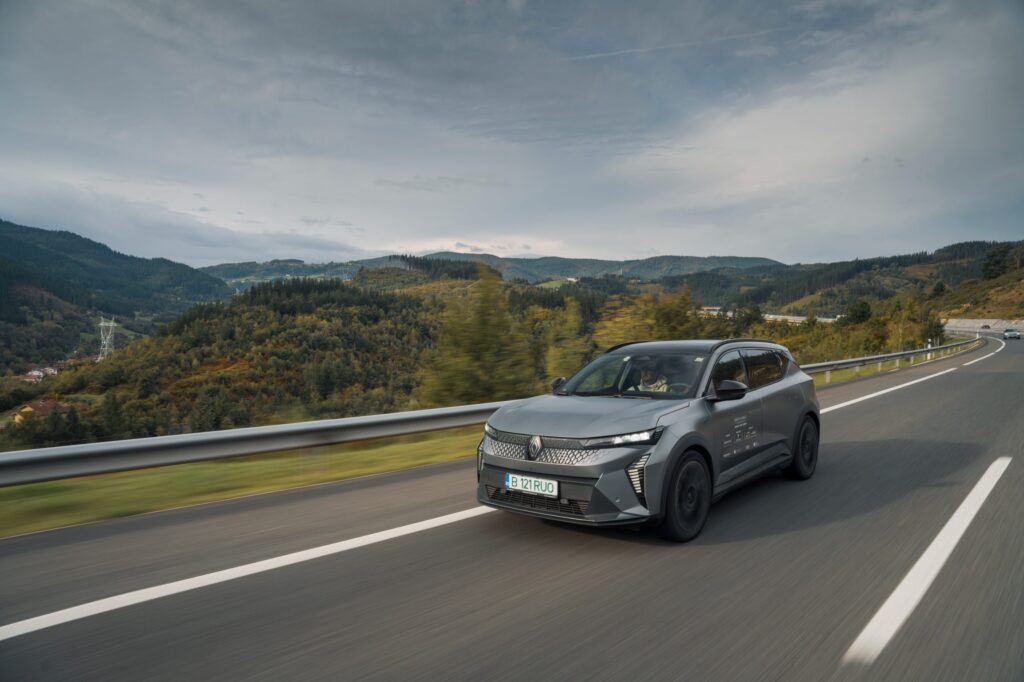
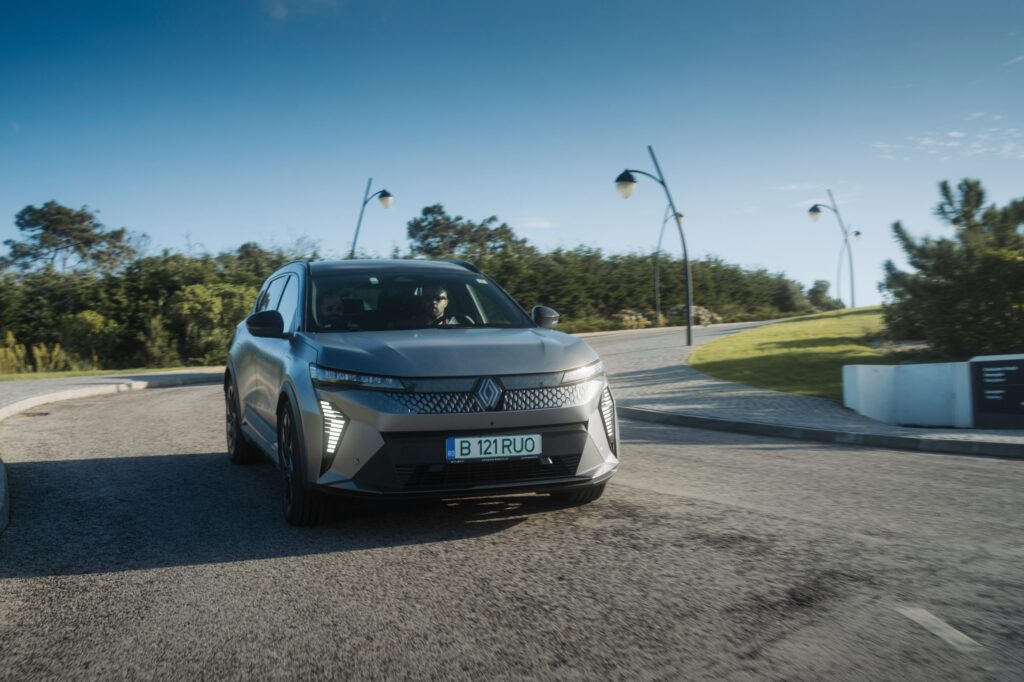
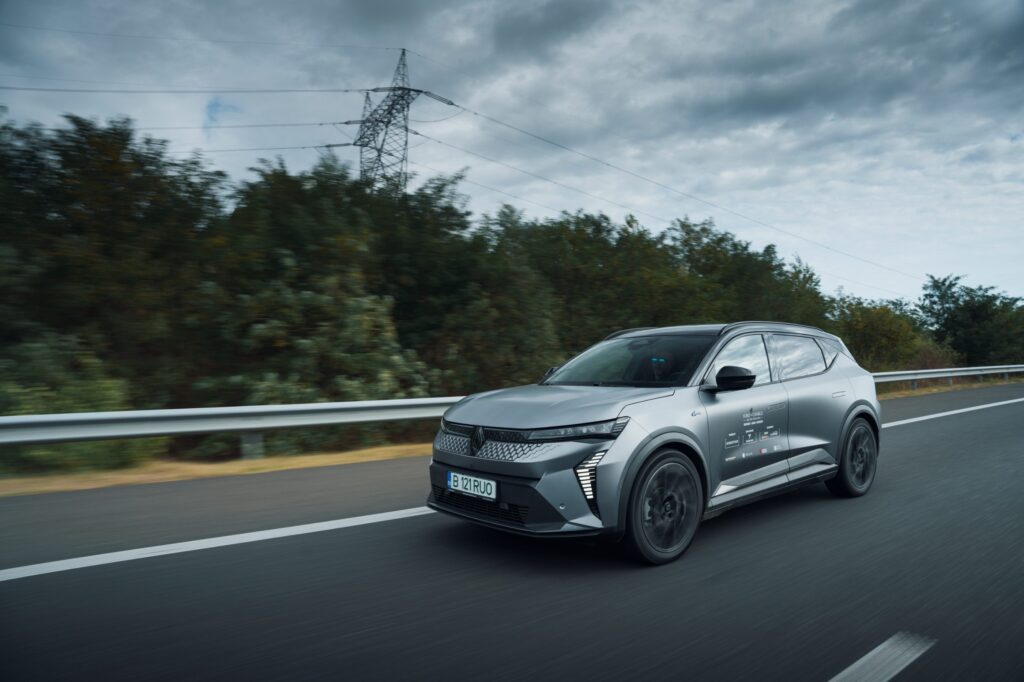
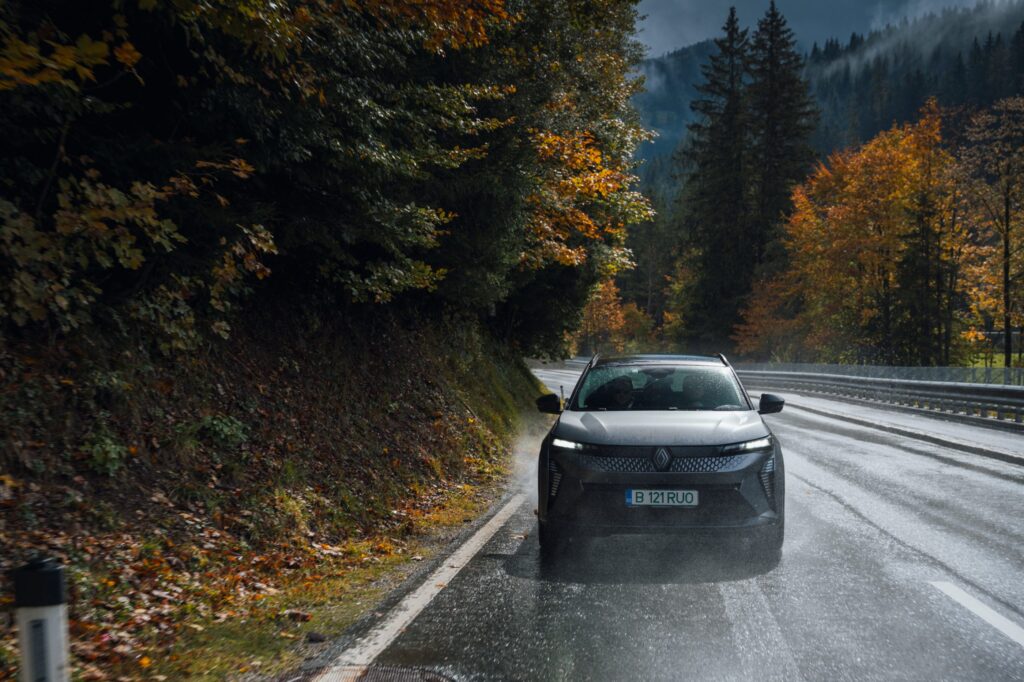


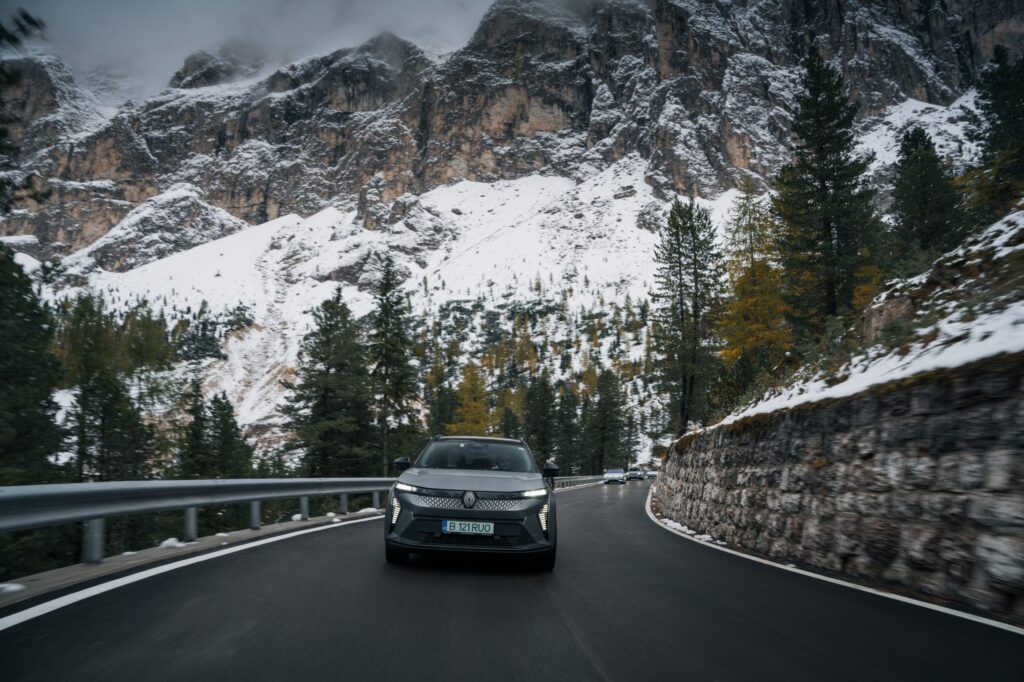
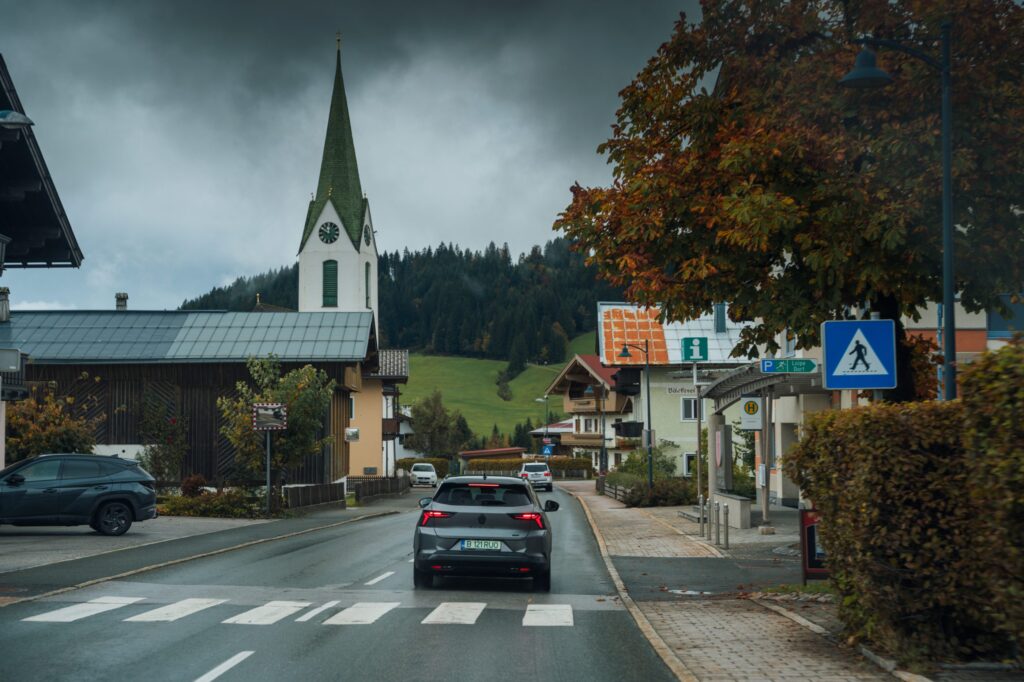
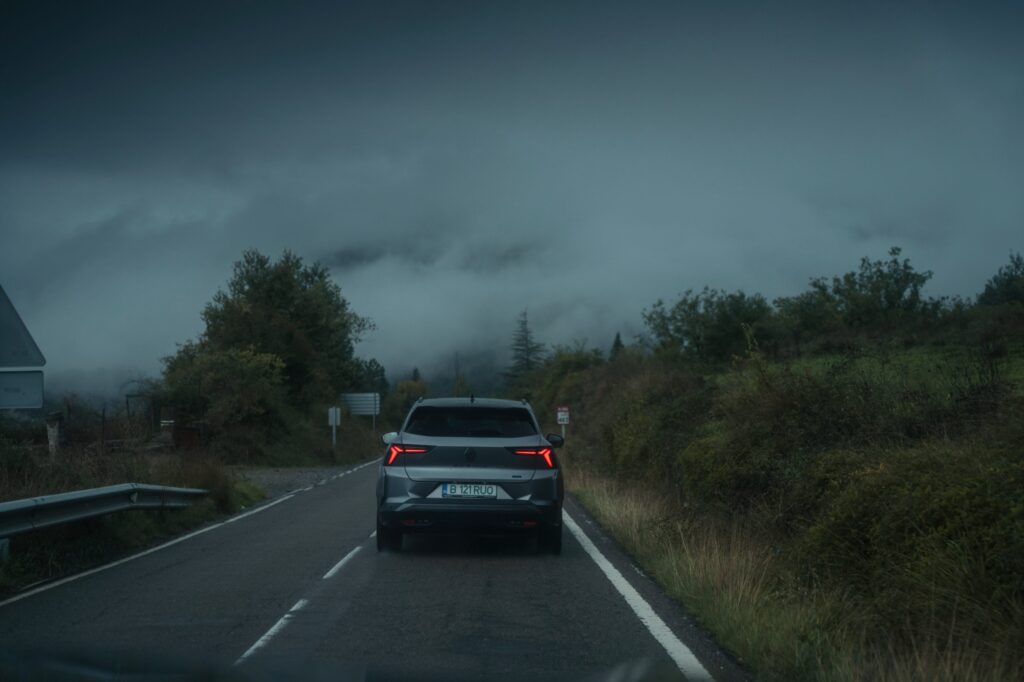
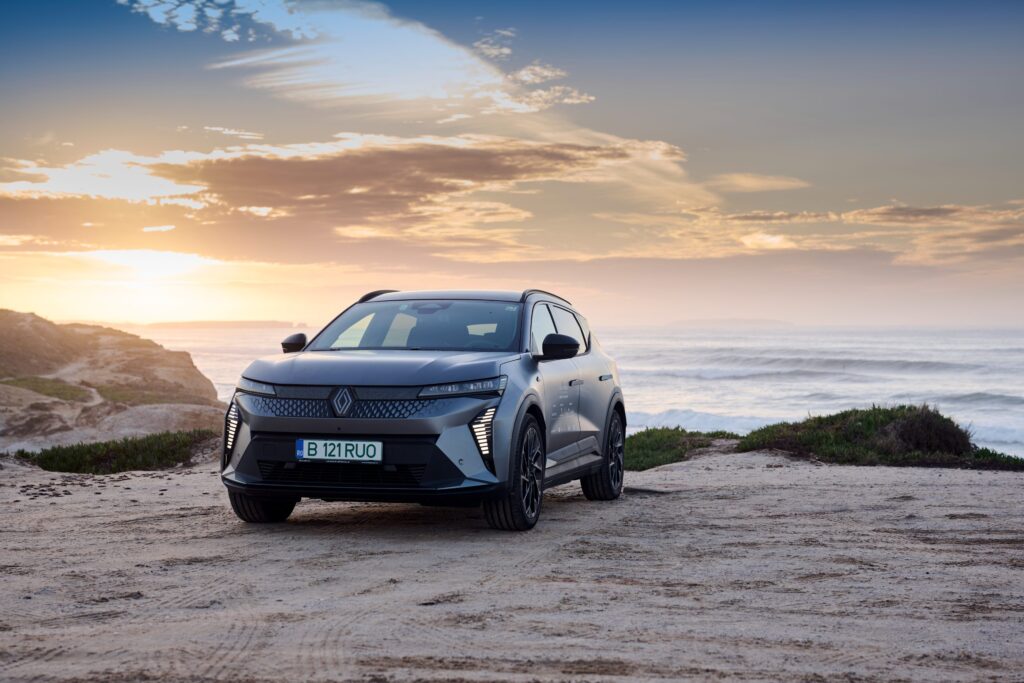

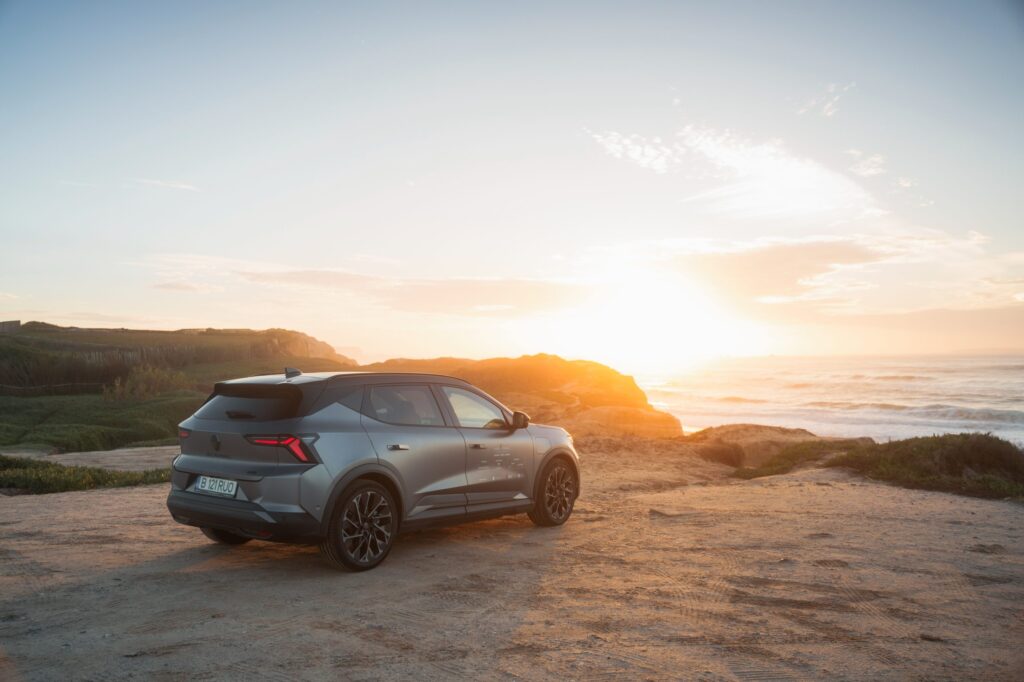
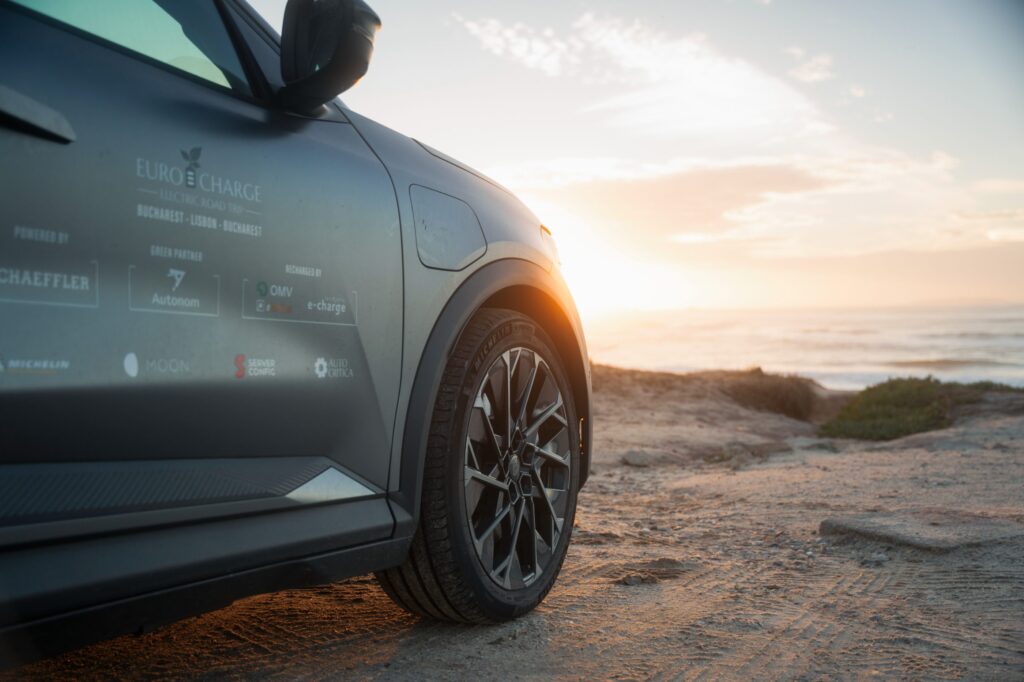

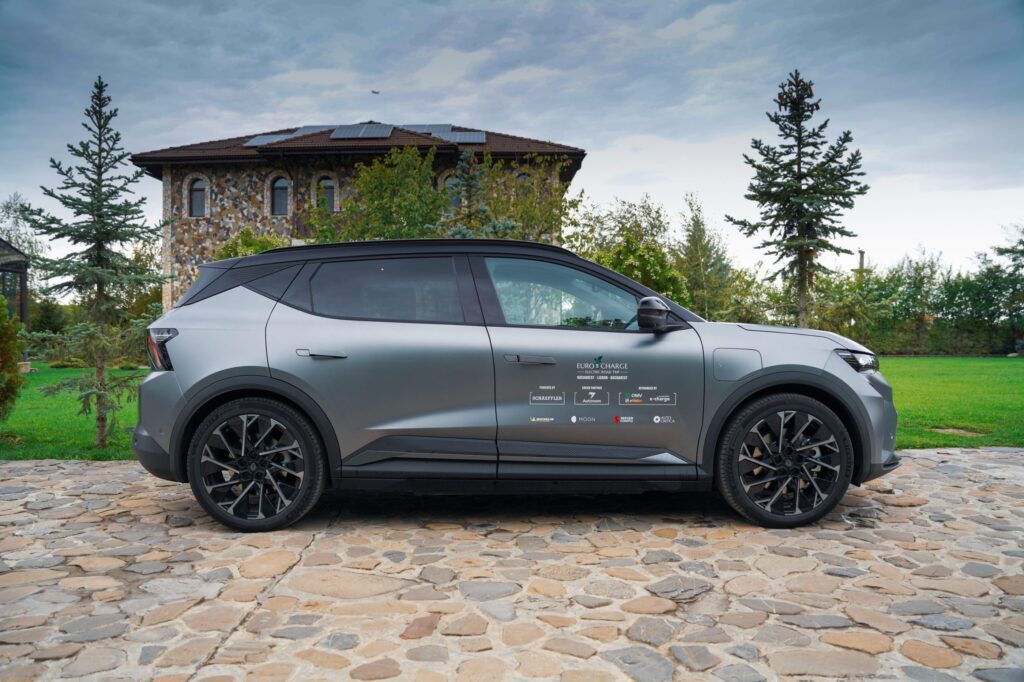
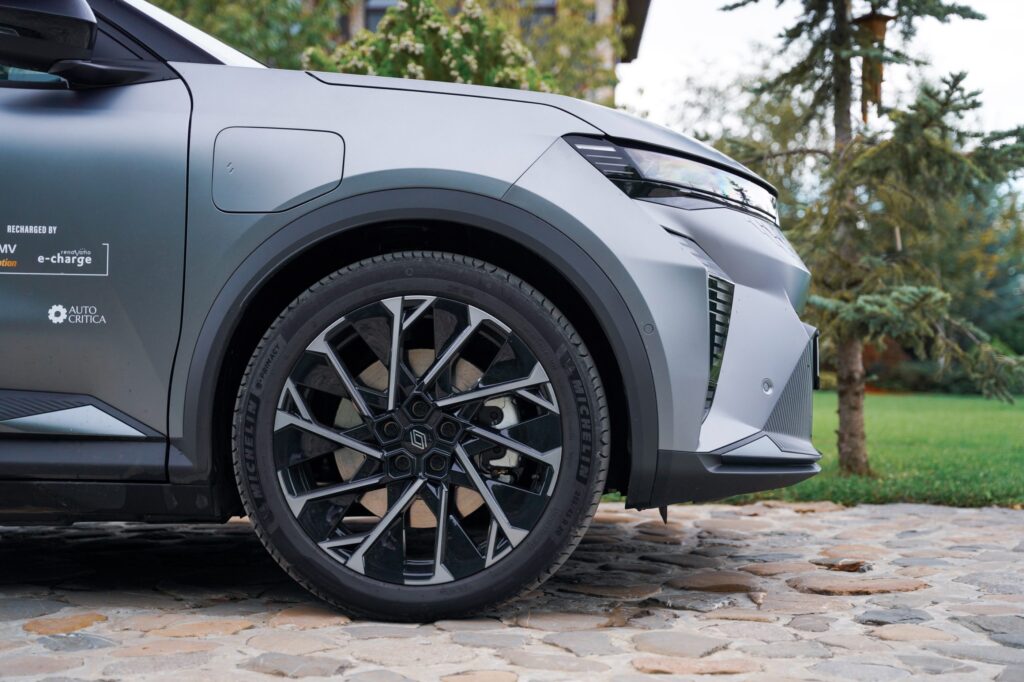

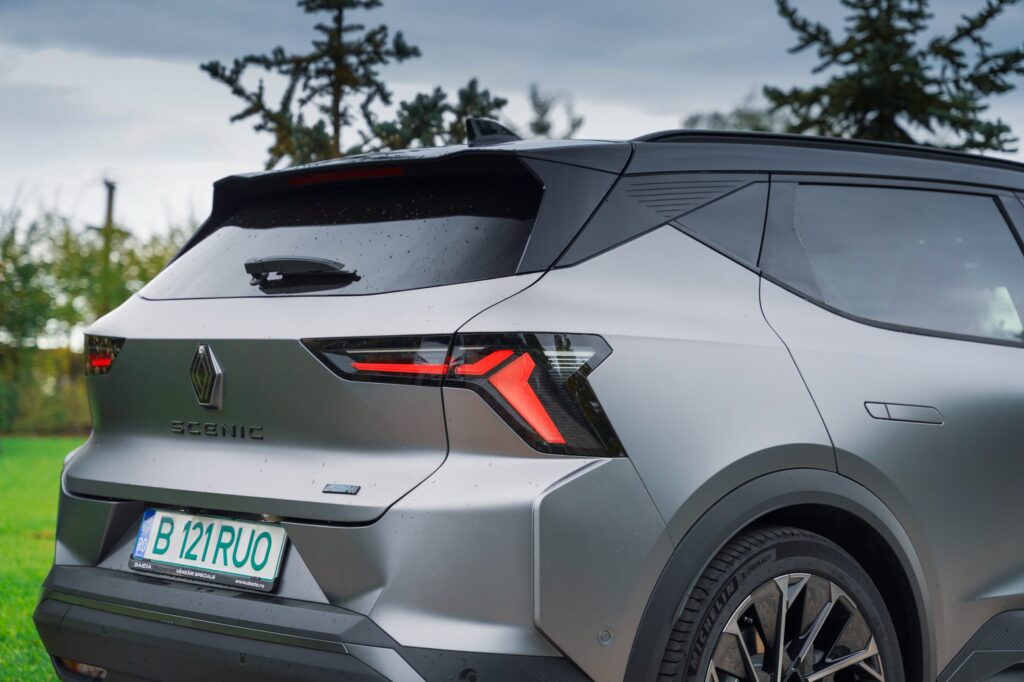
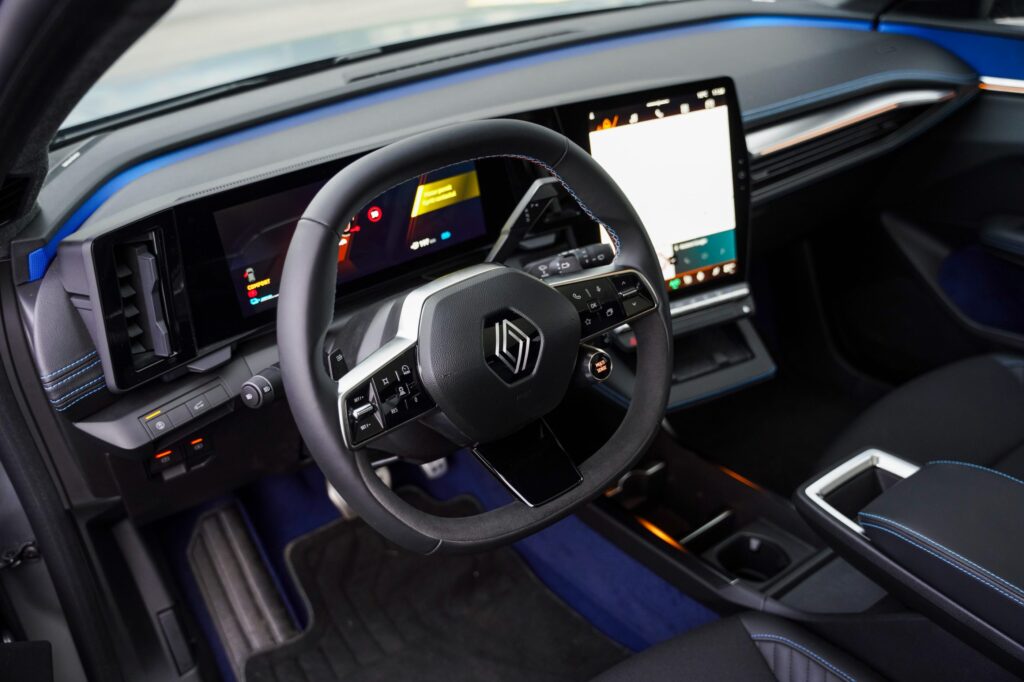
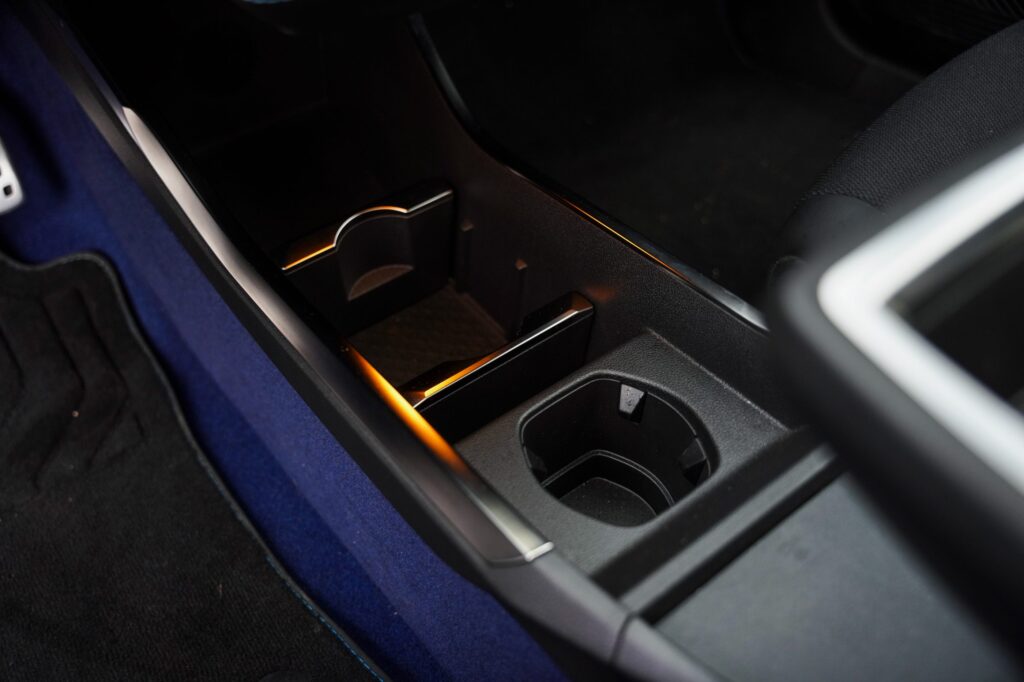
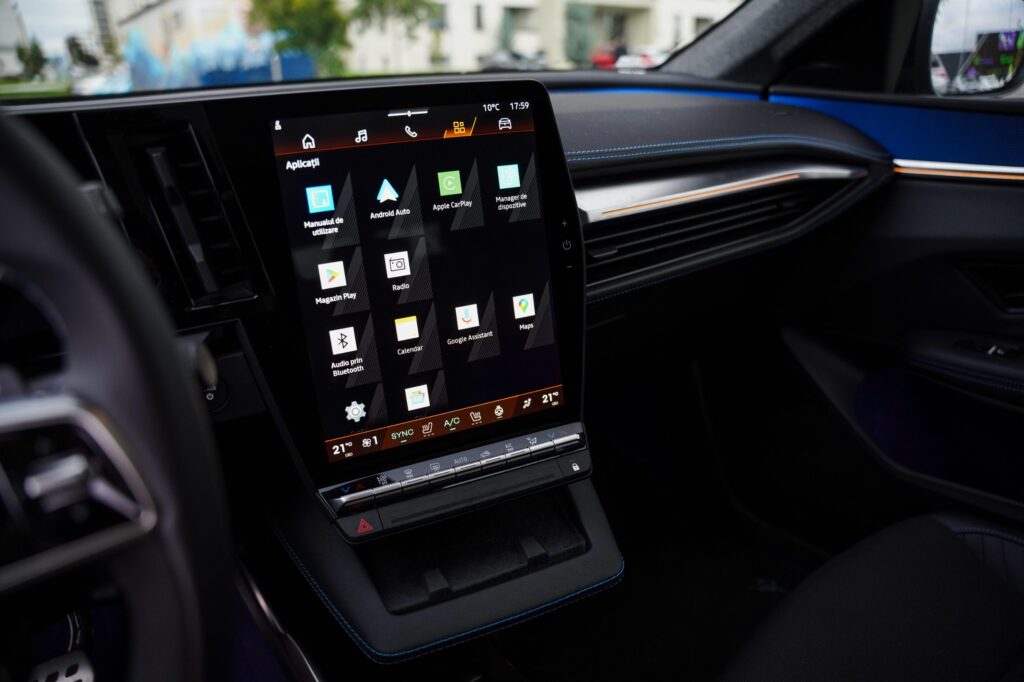

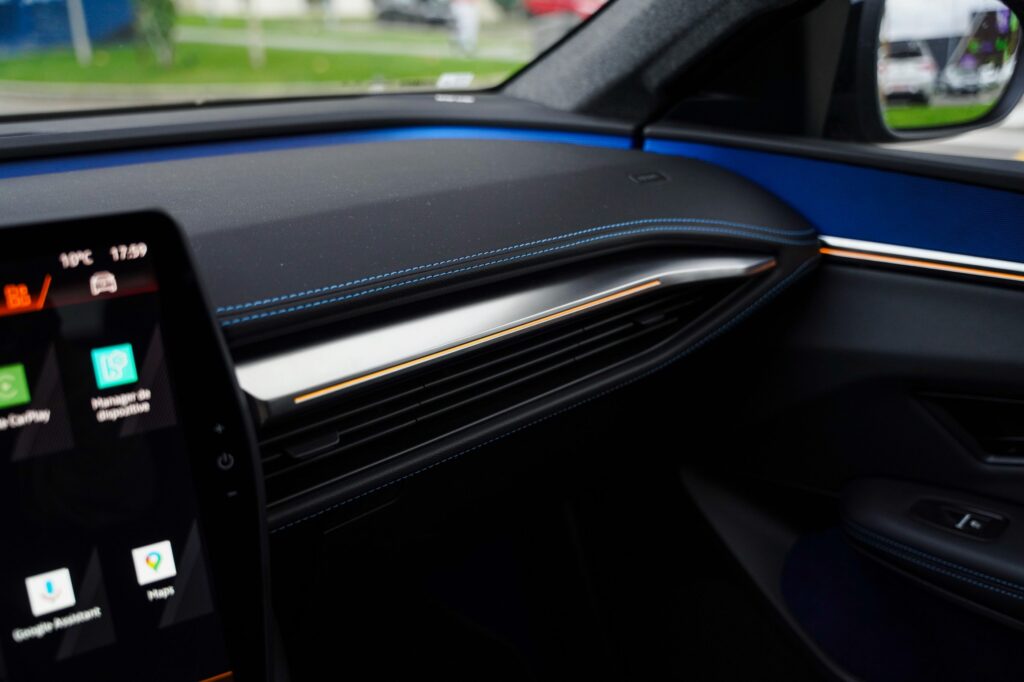
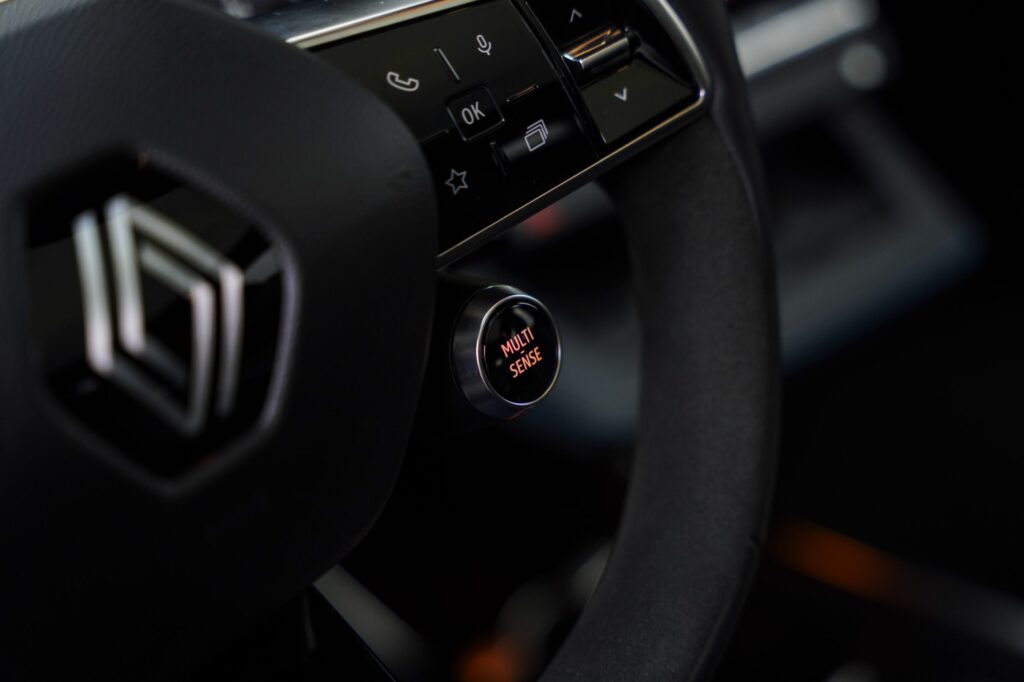
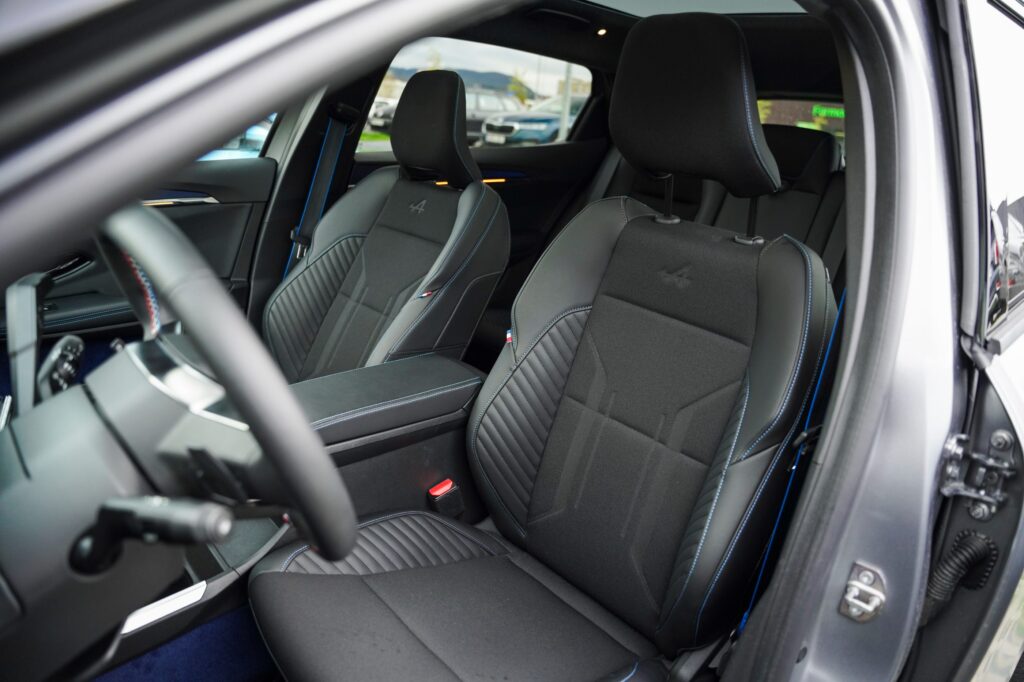

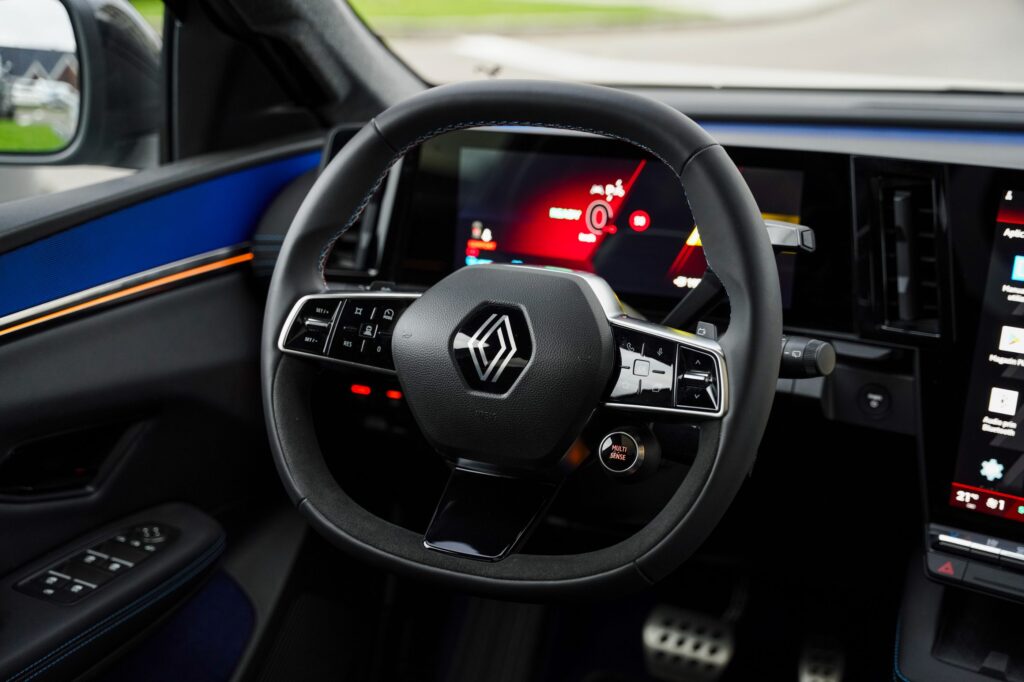
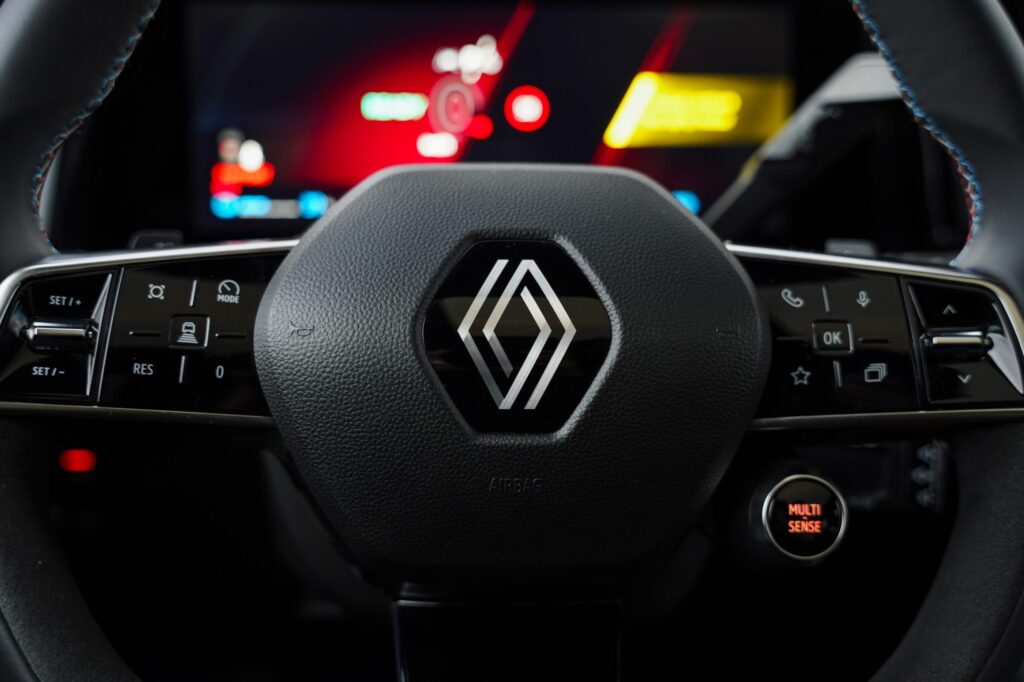
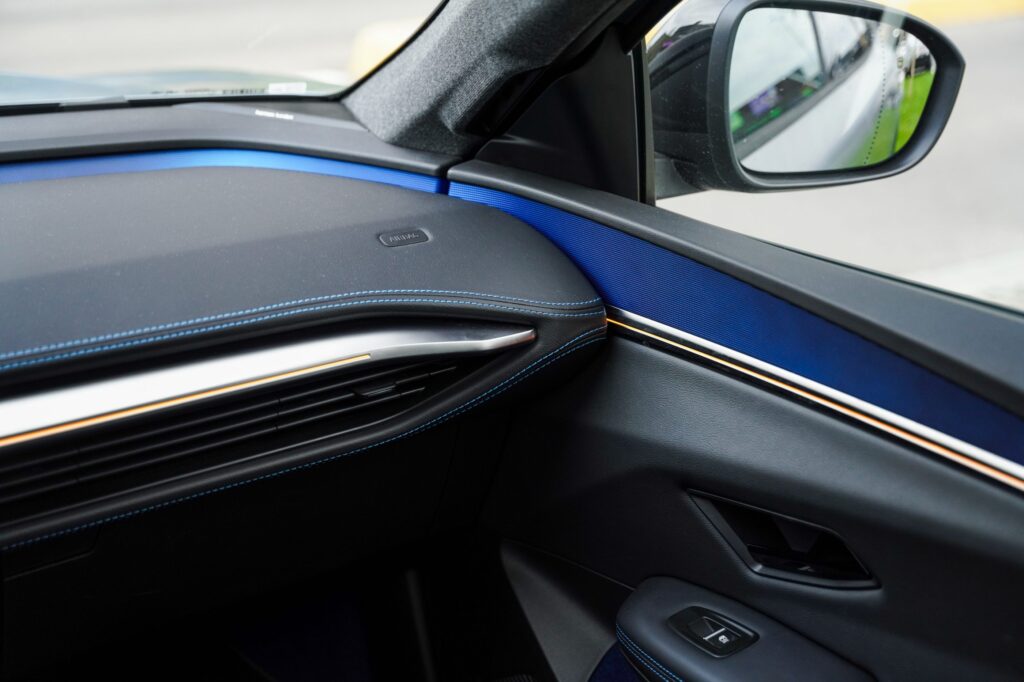
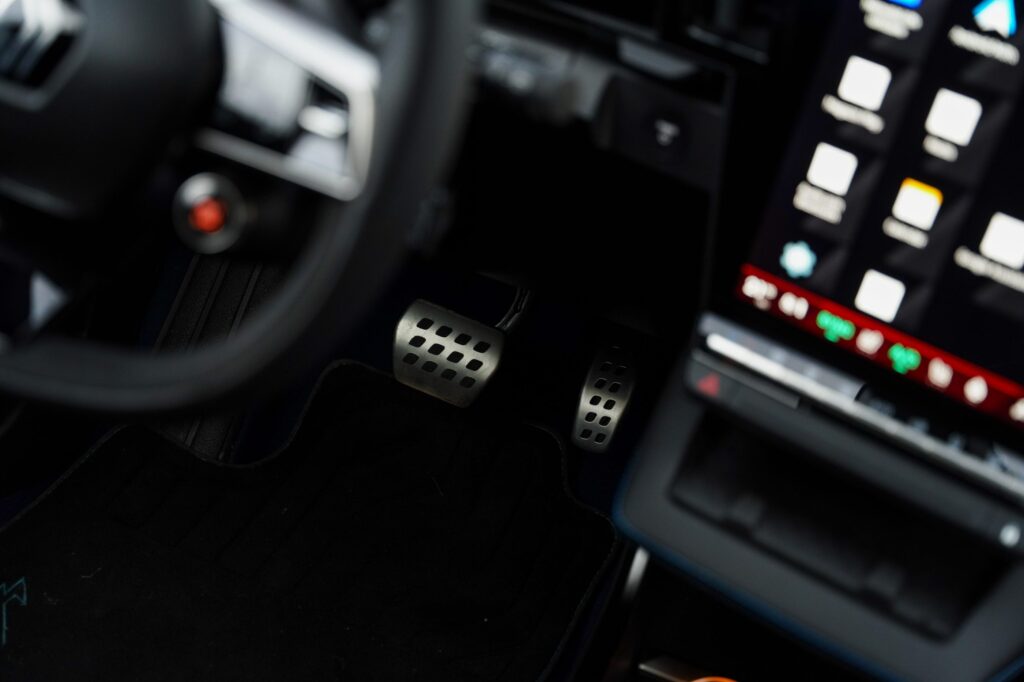
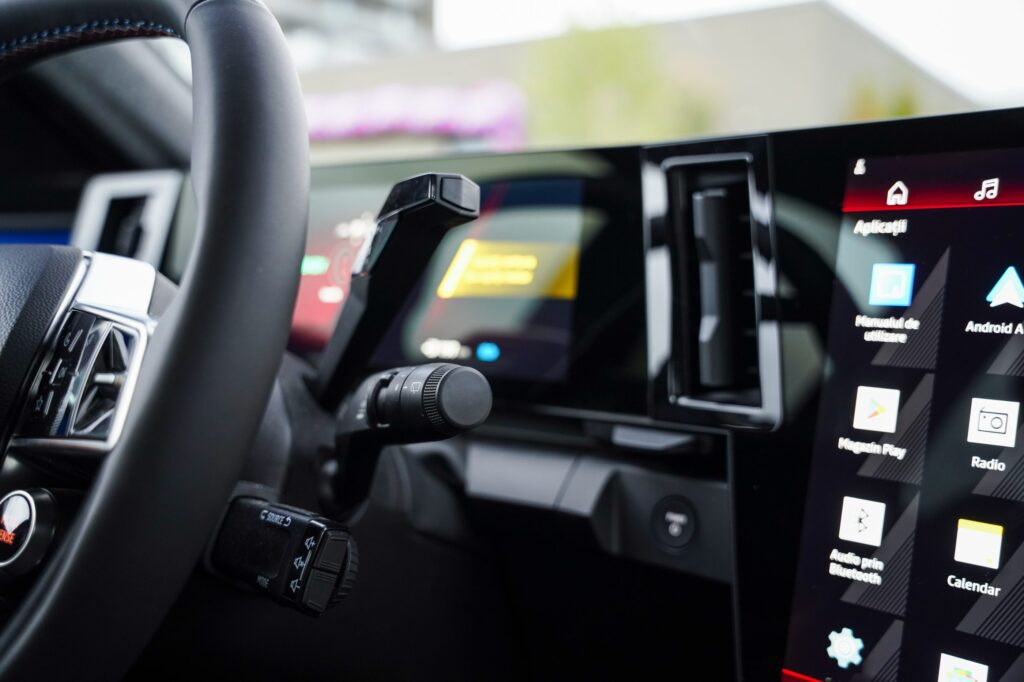
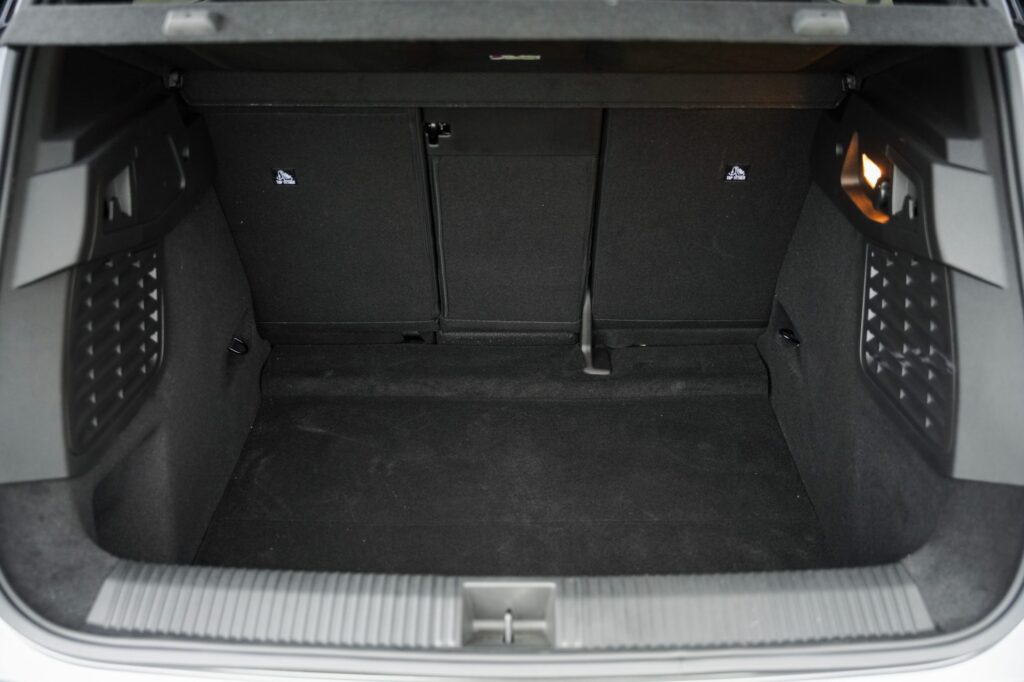

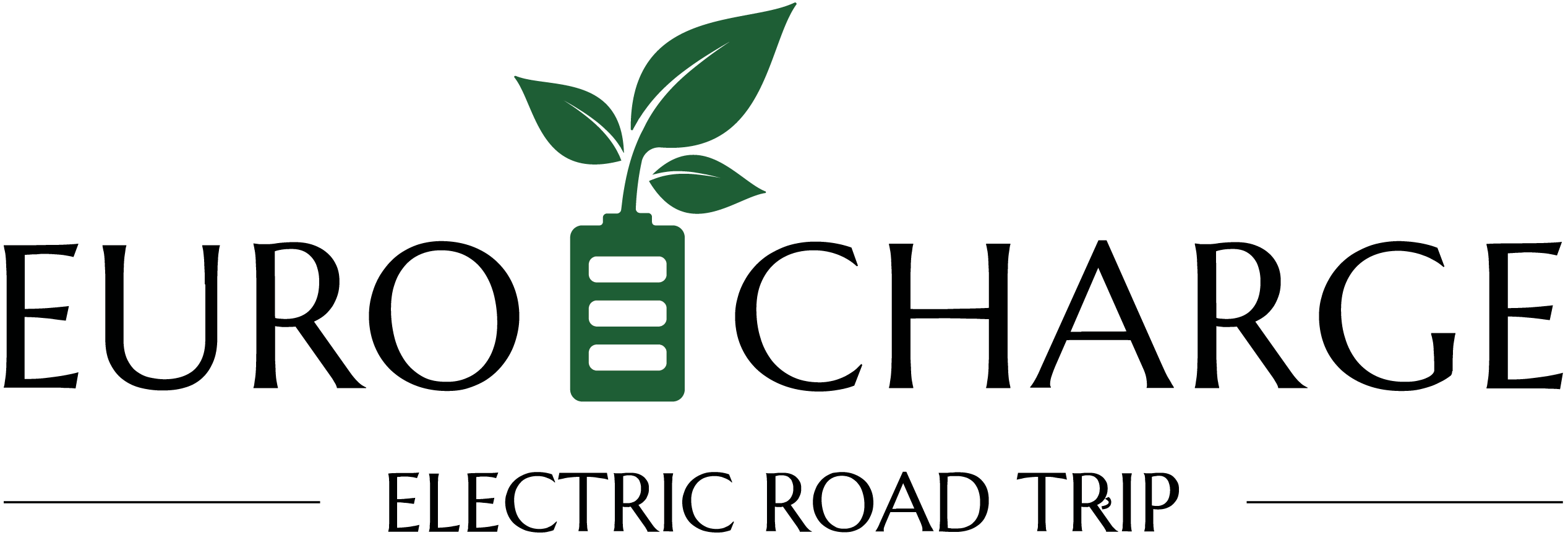
is a project backed by SCHAEFFLER
Charged by
OMV eMotion and Renovatio e-charge
Green Partner
Autonom
Charging stations
MOON România
On the road with
Michelin
Powered by
Server Config

